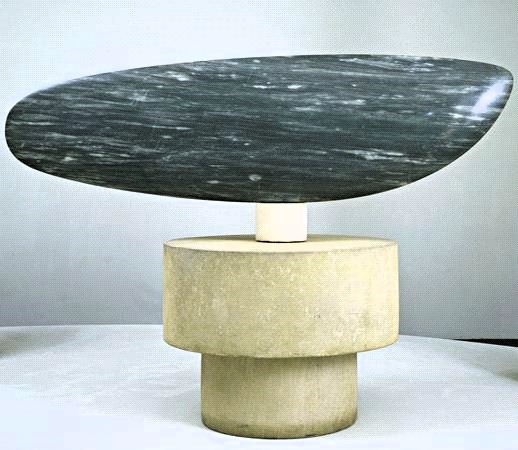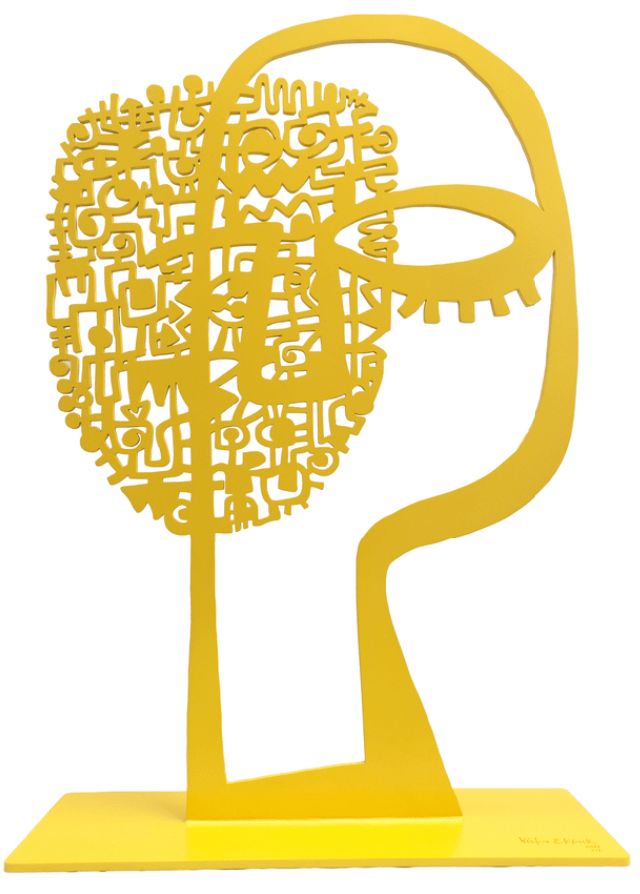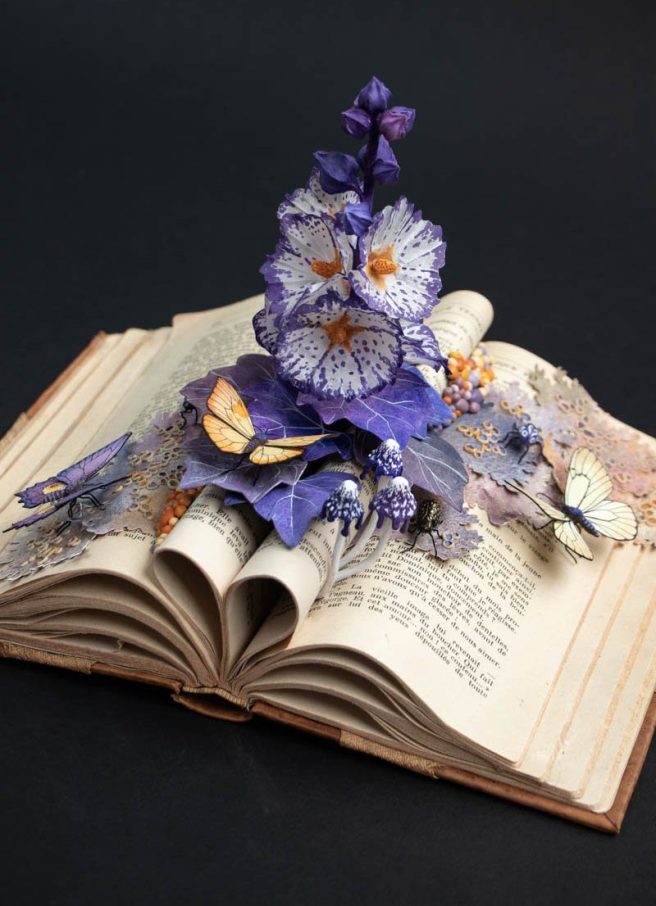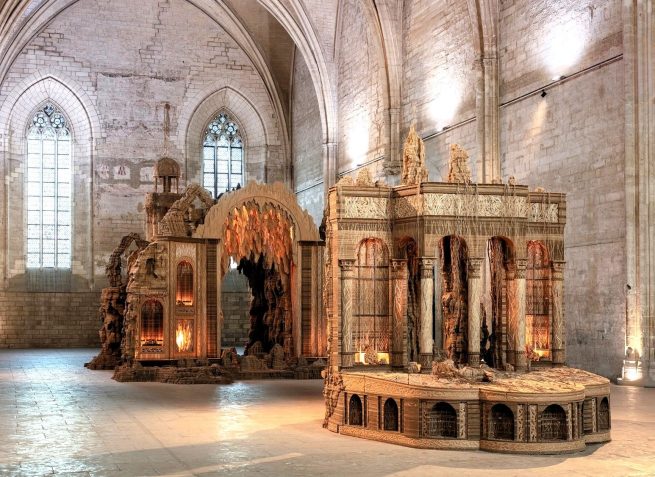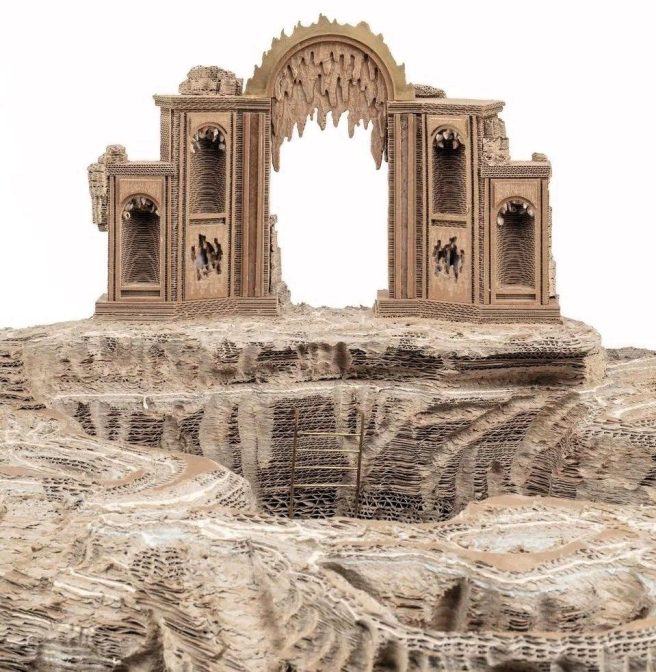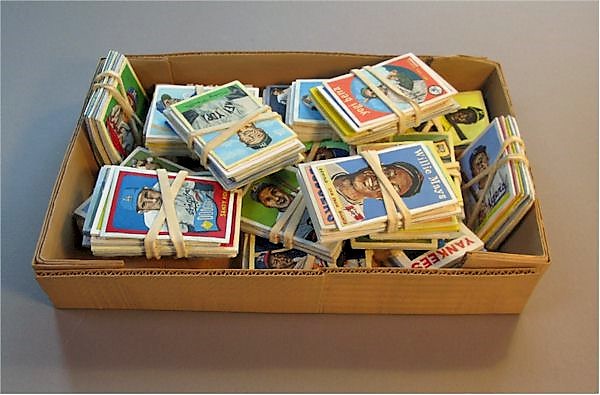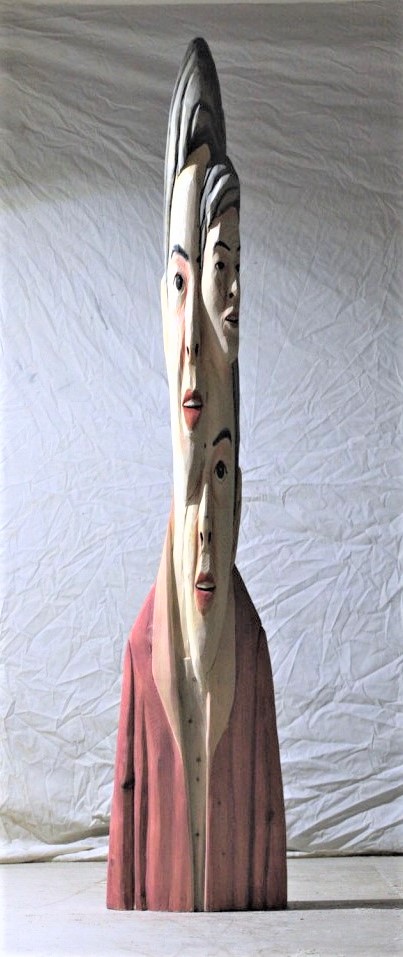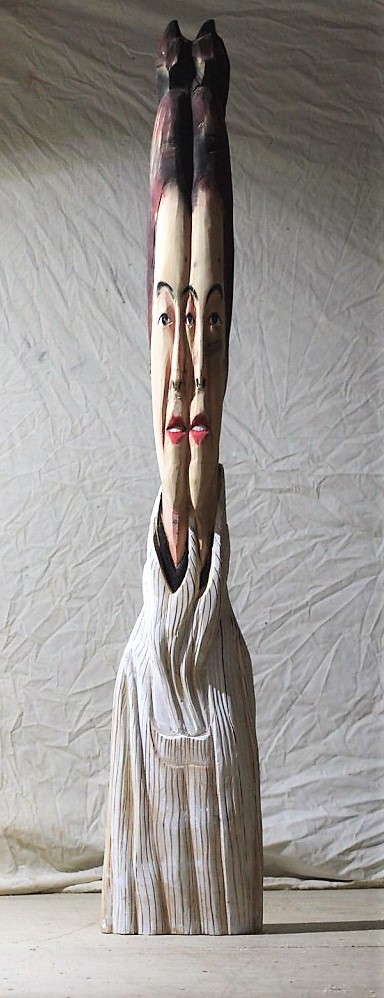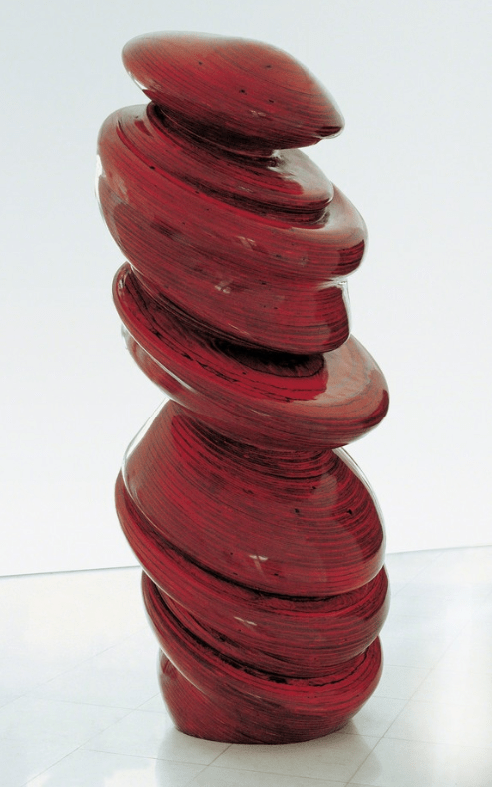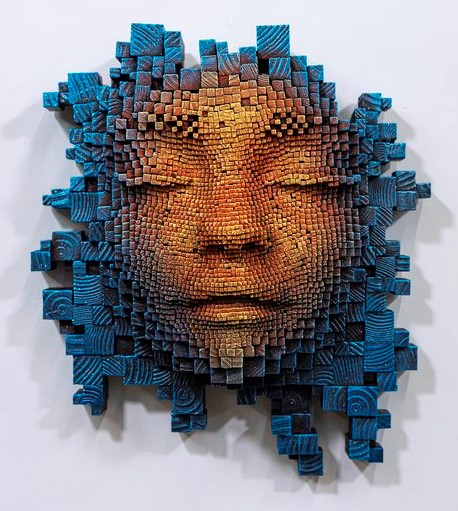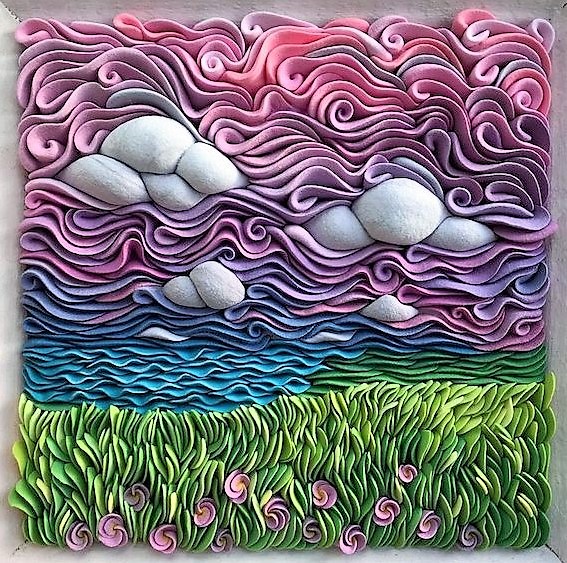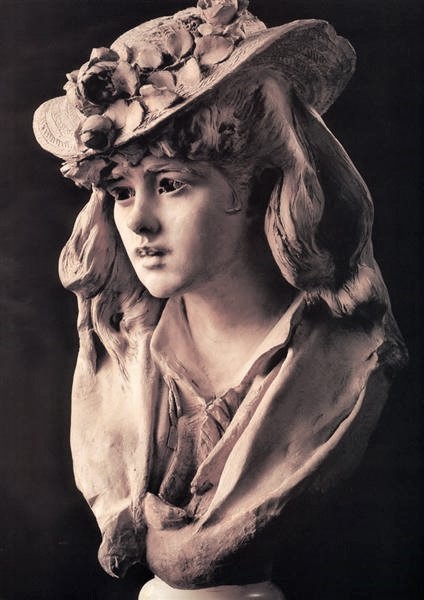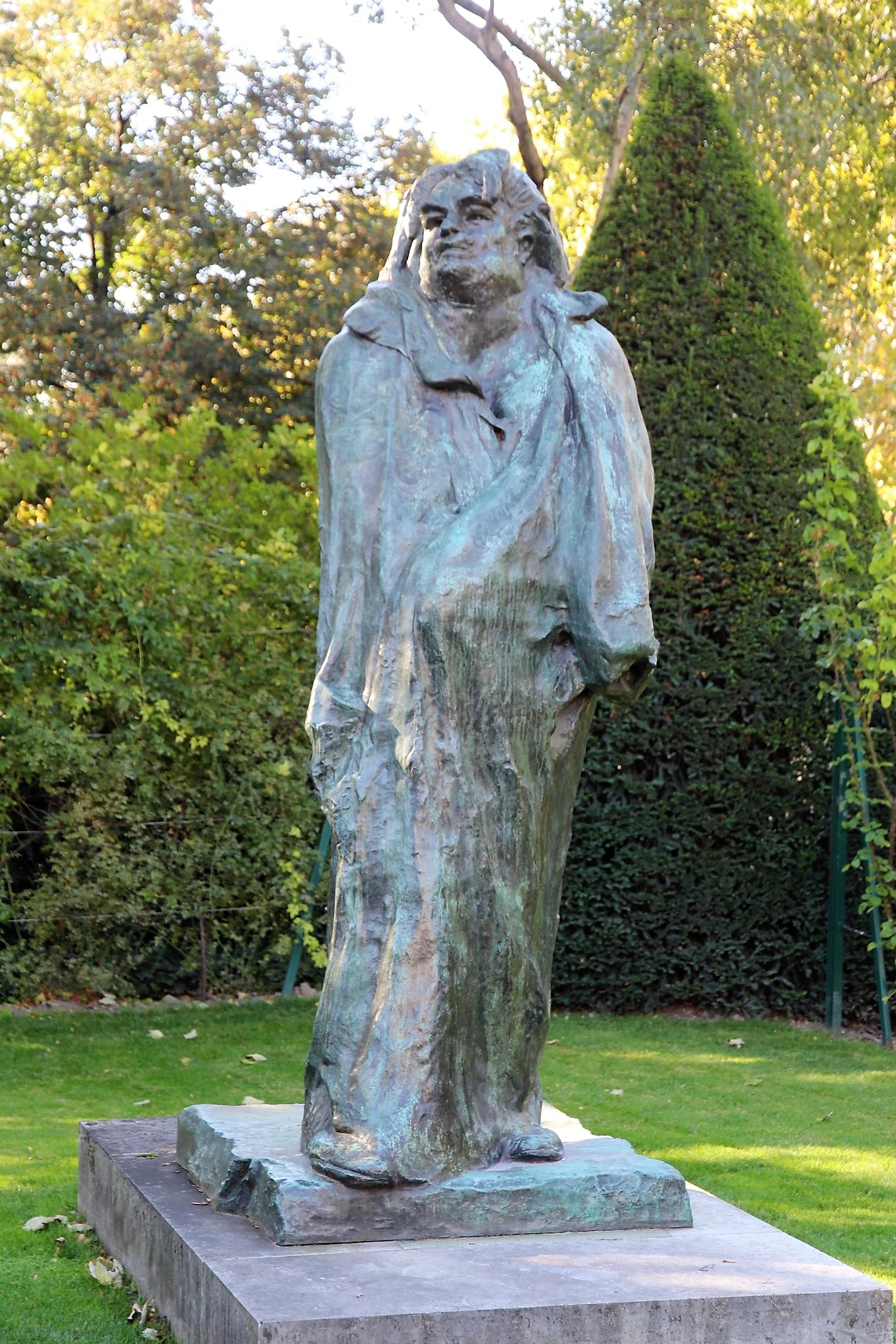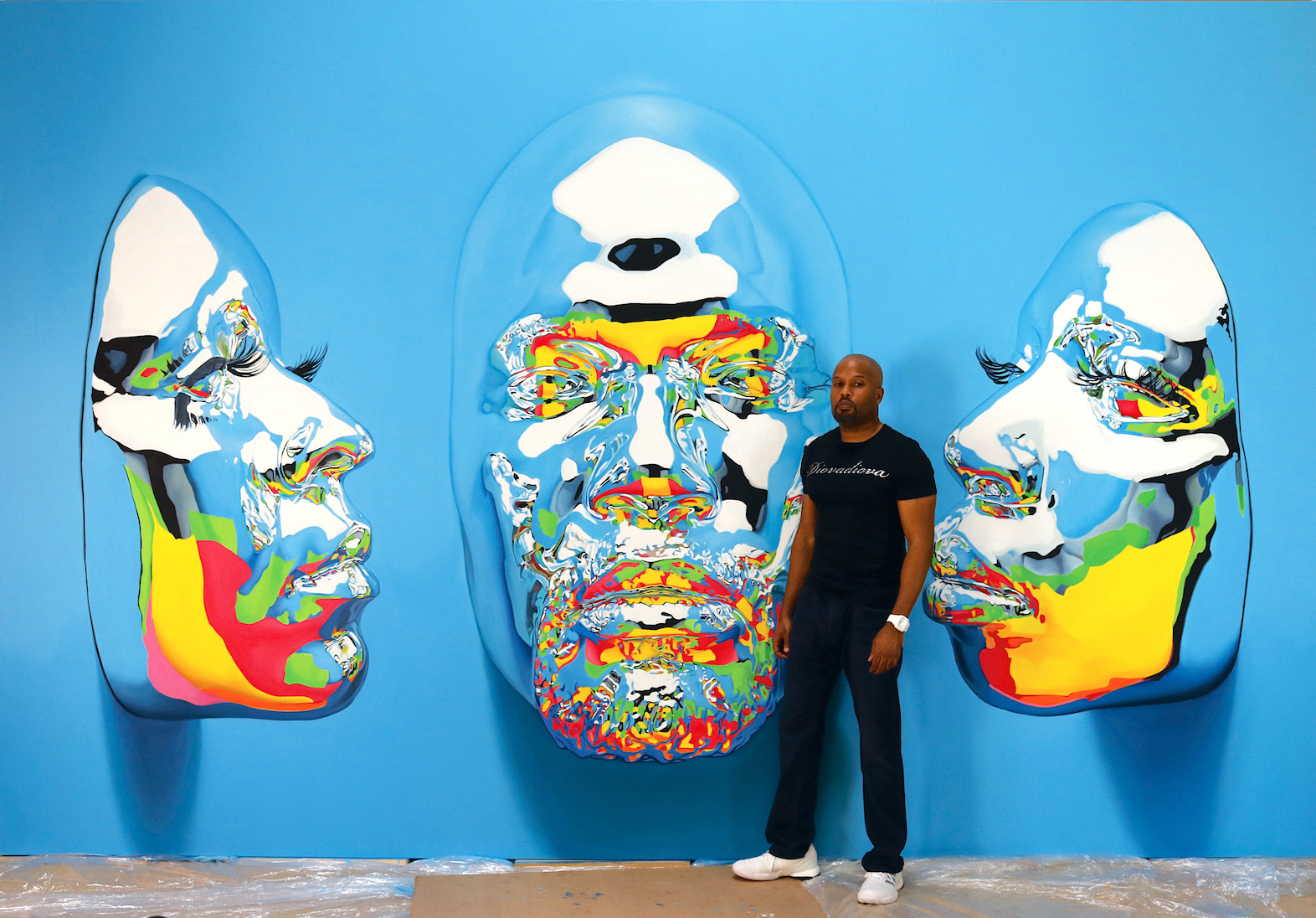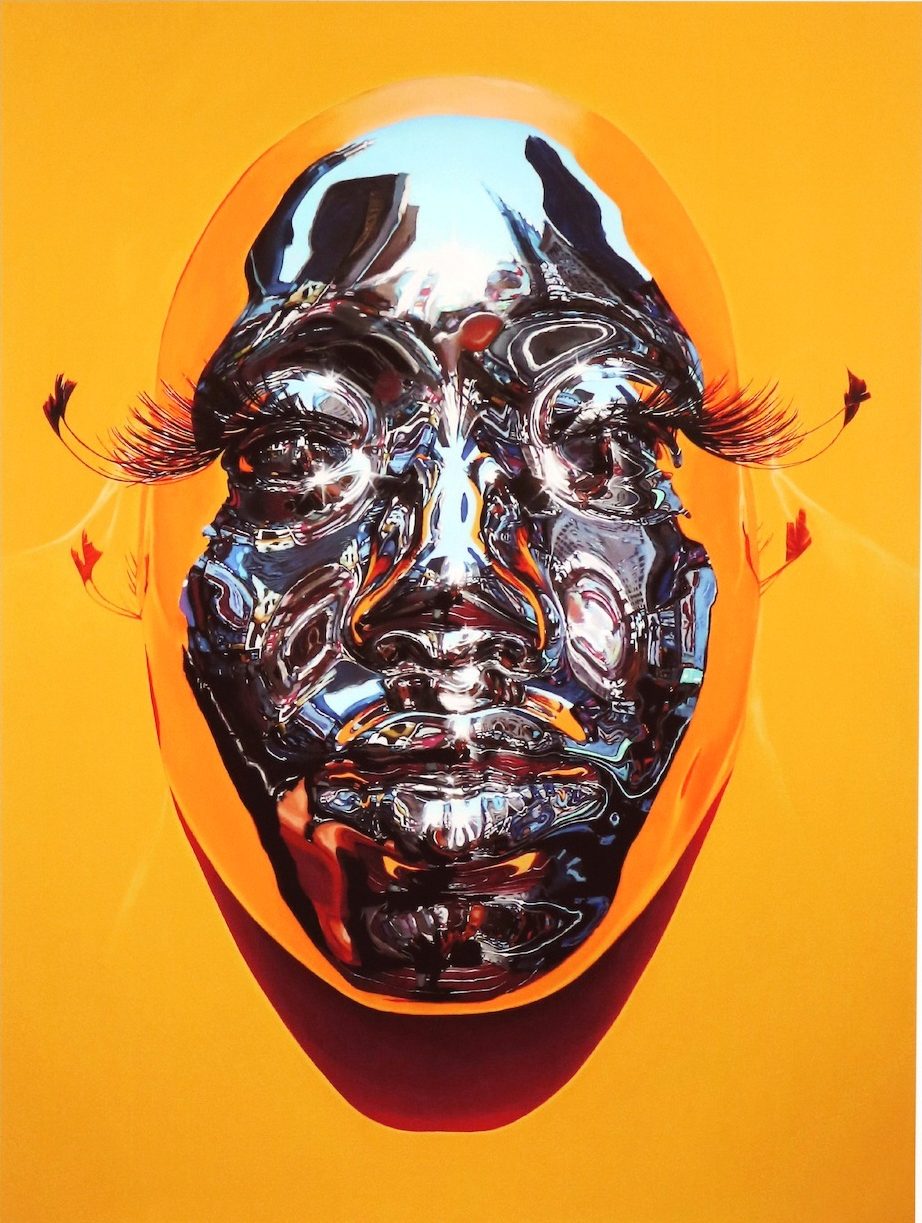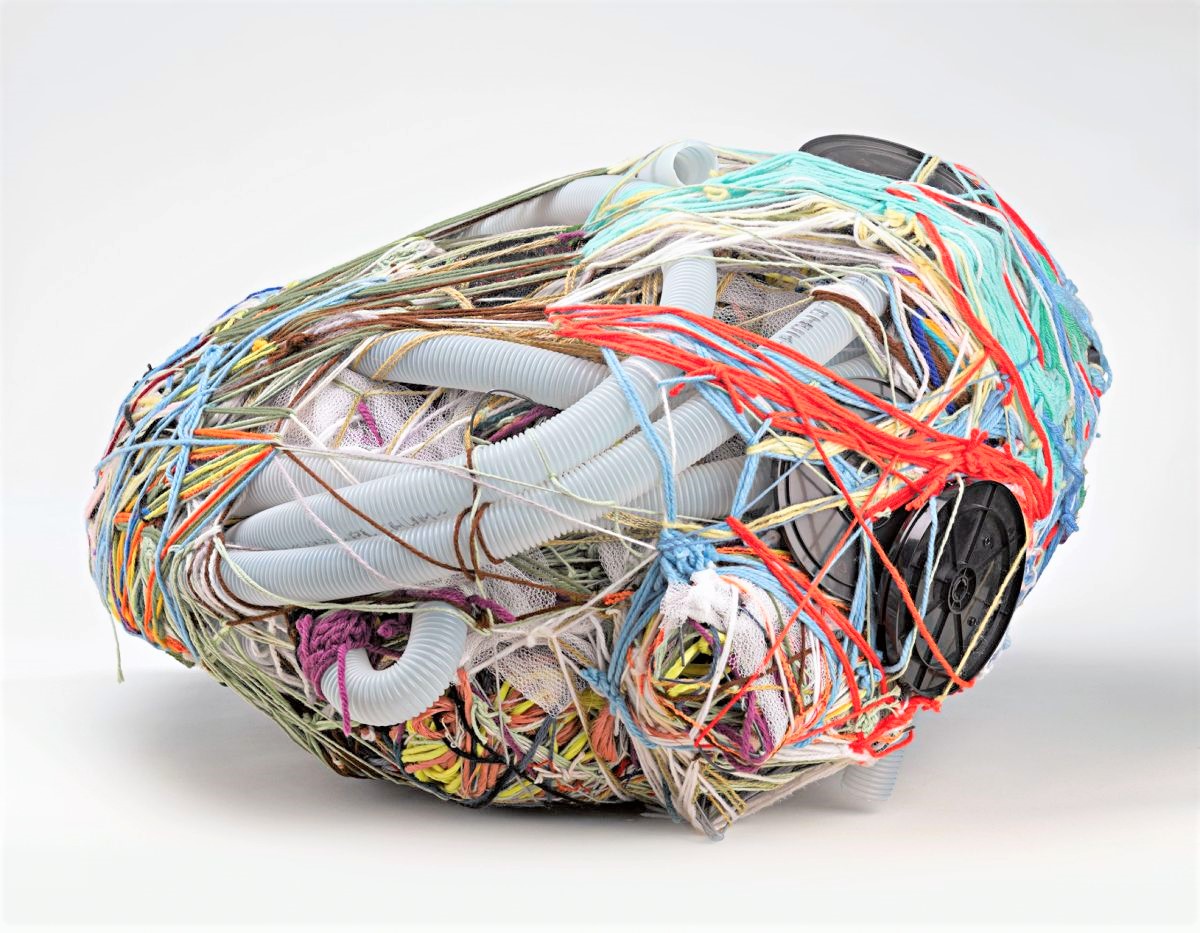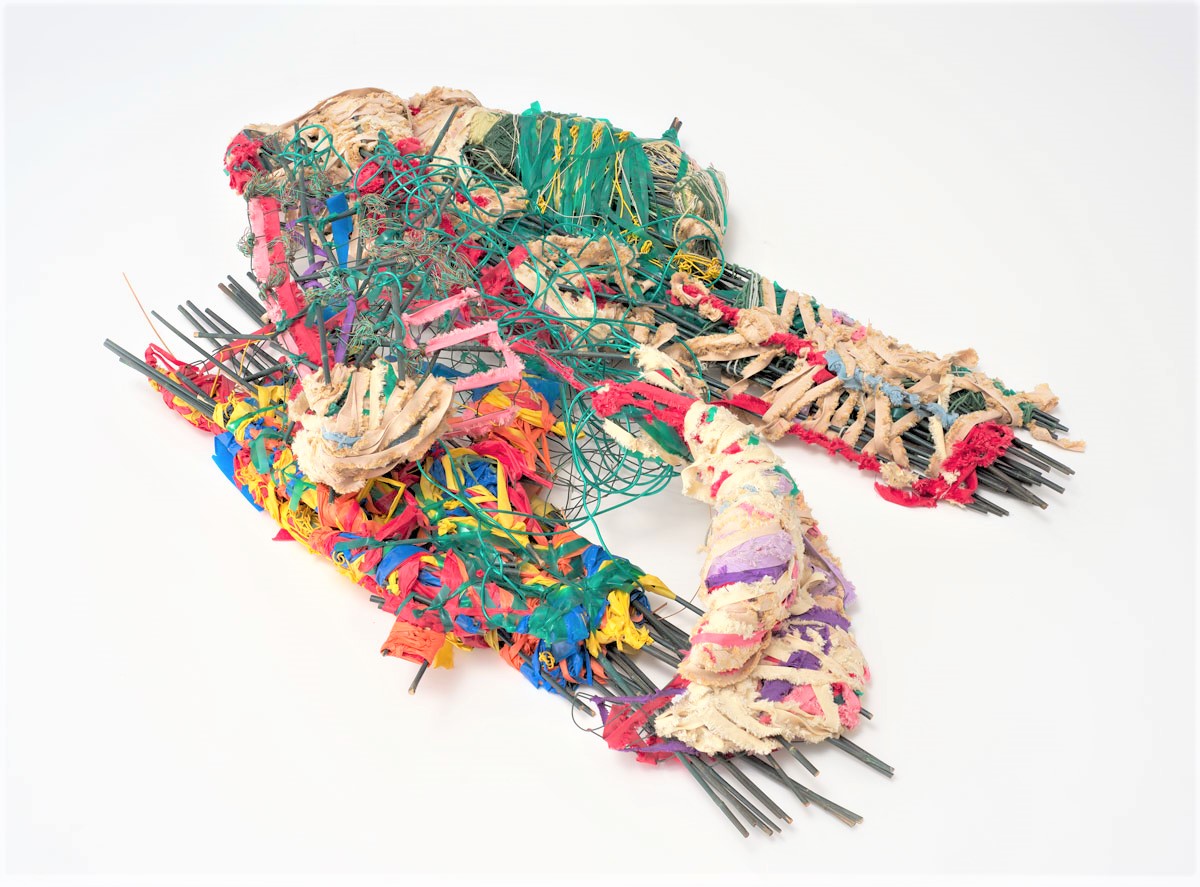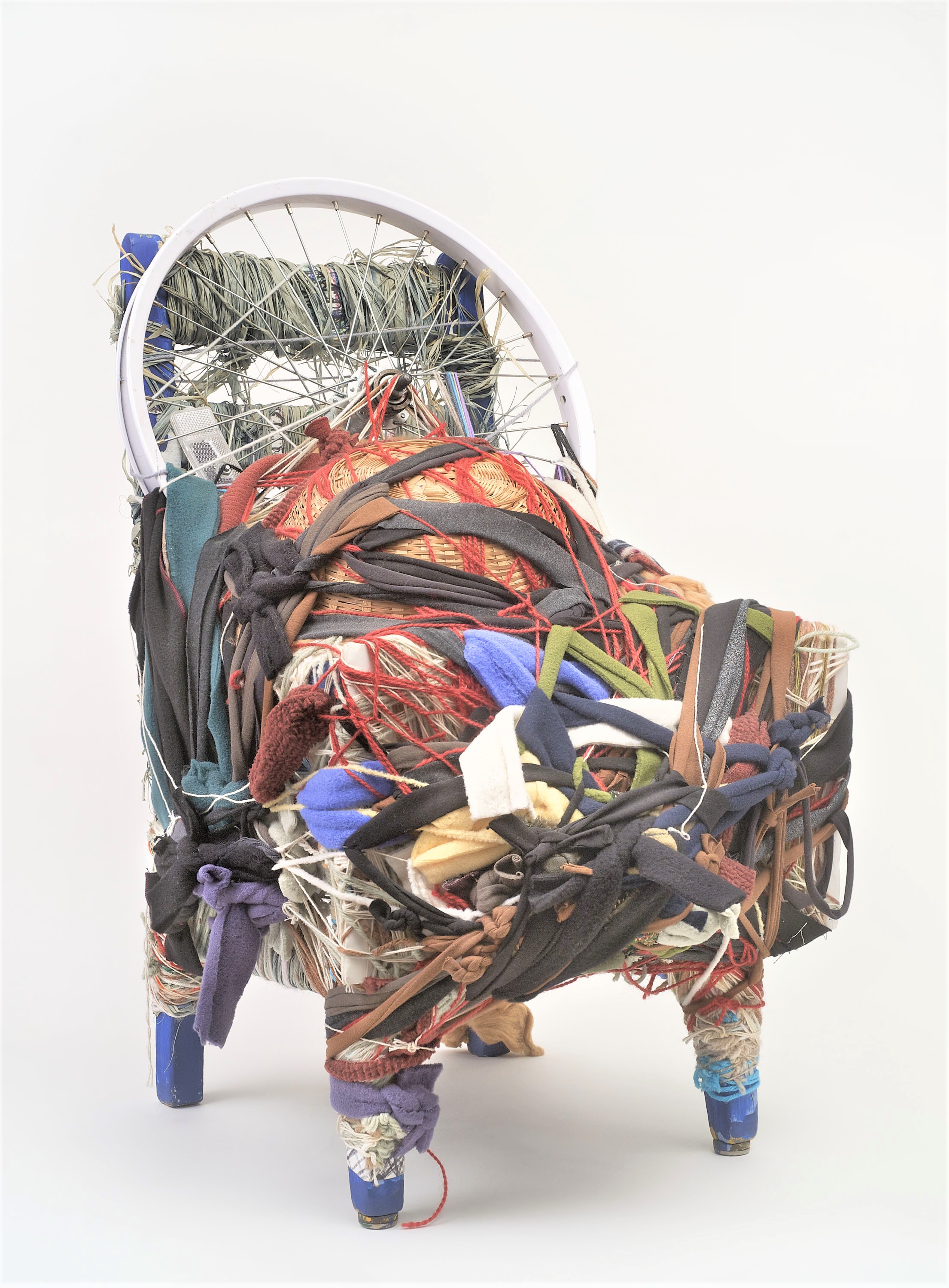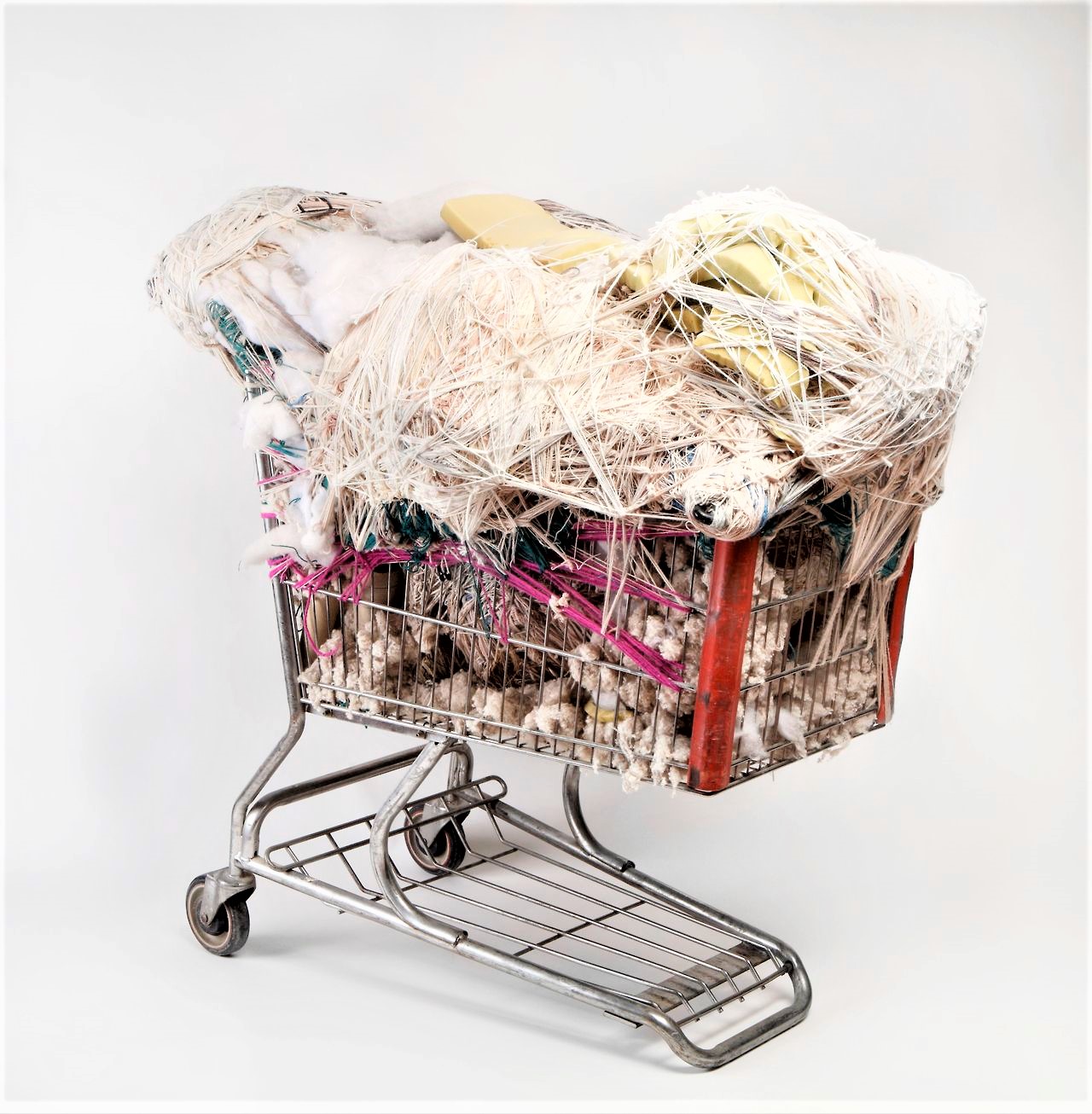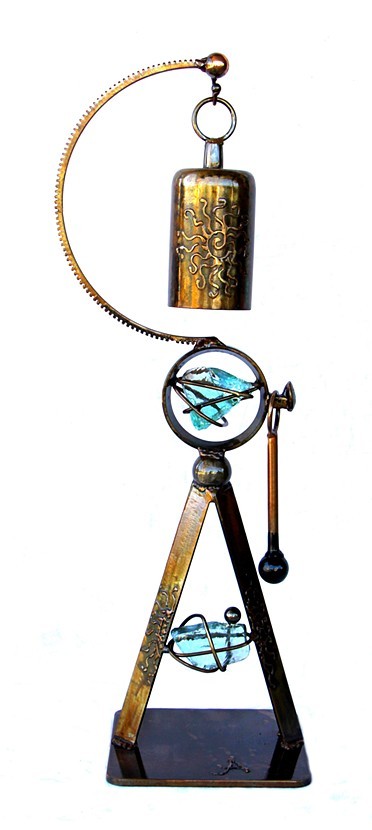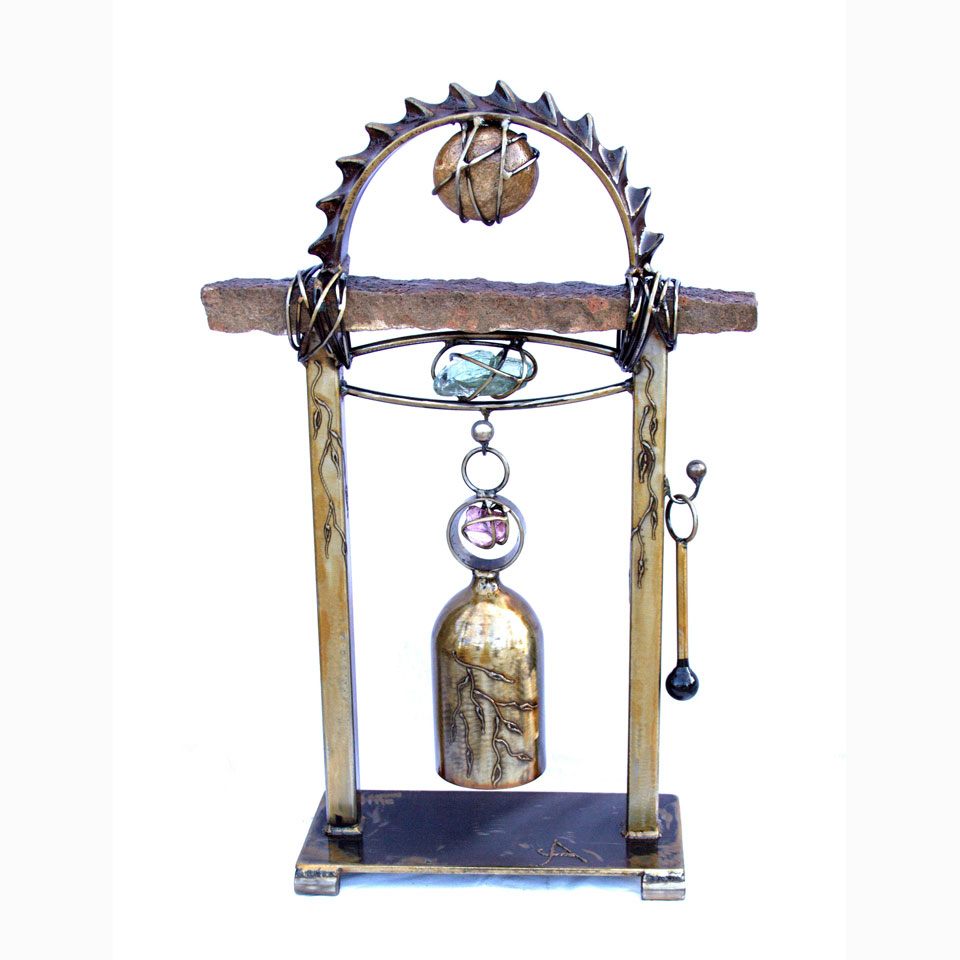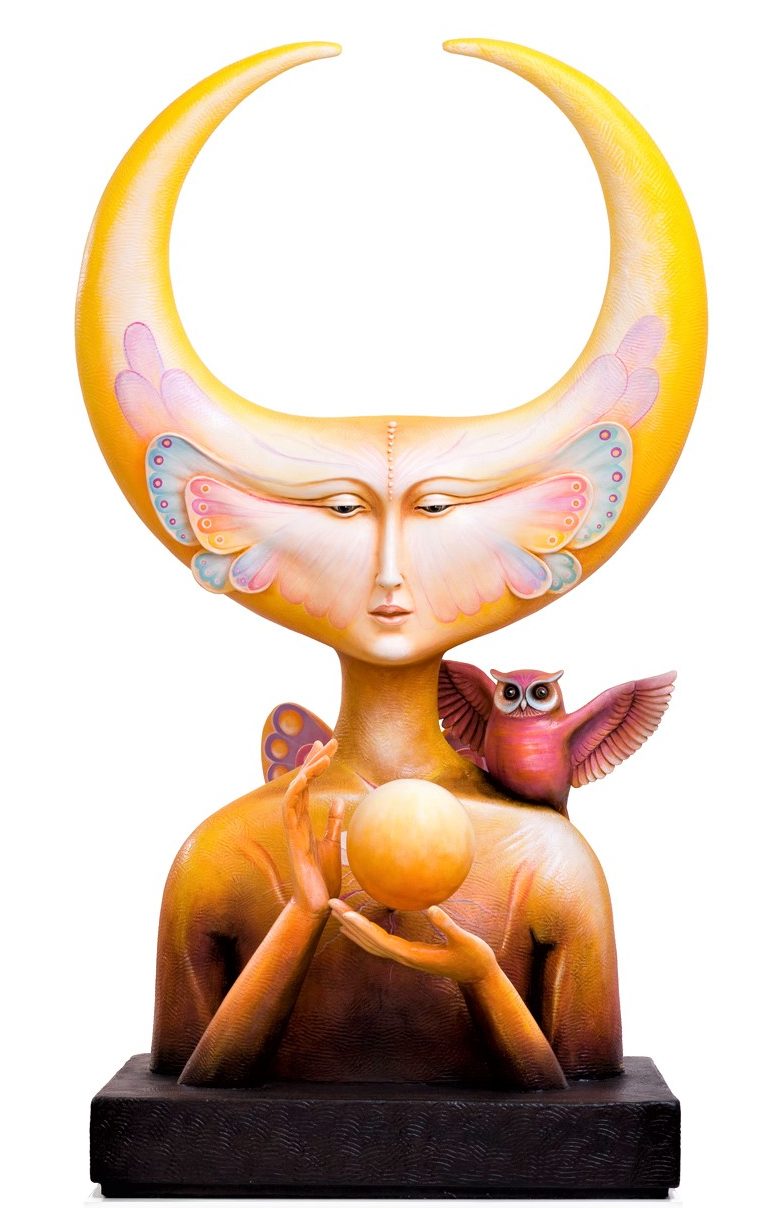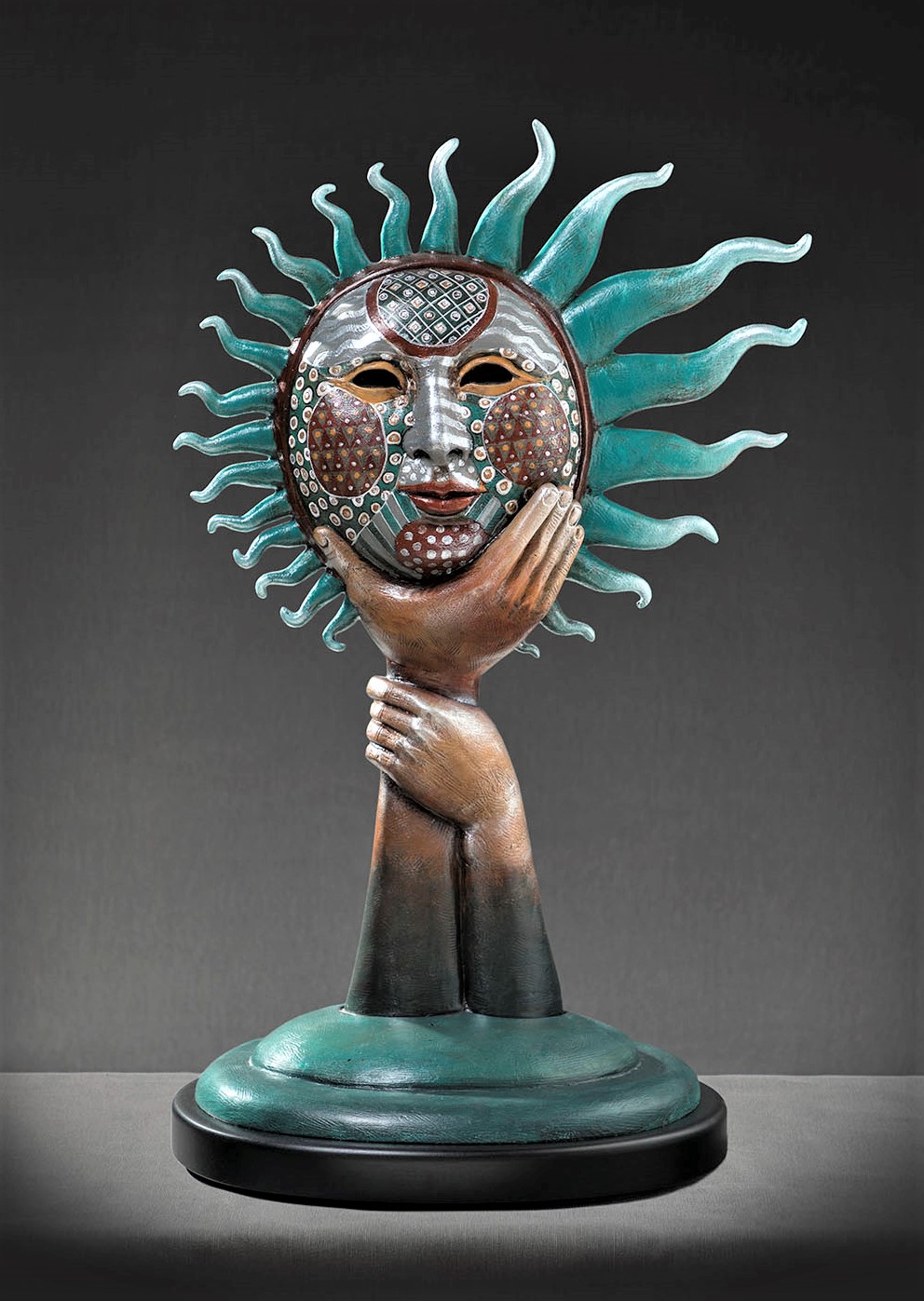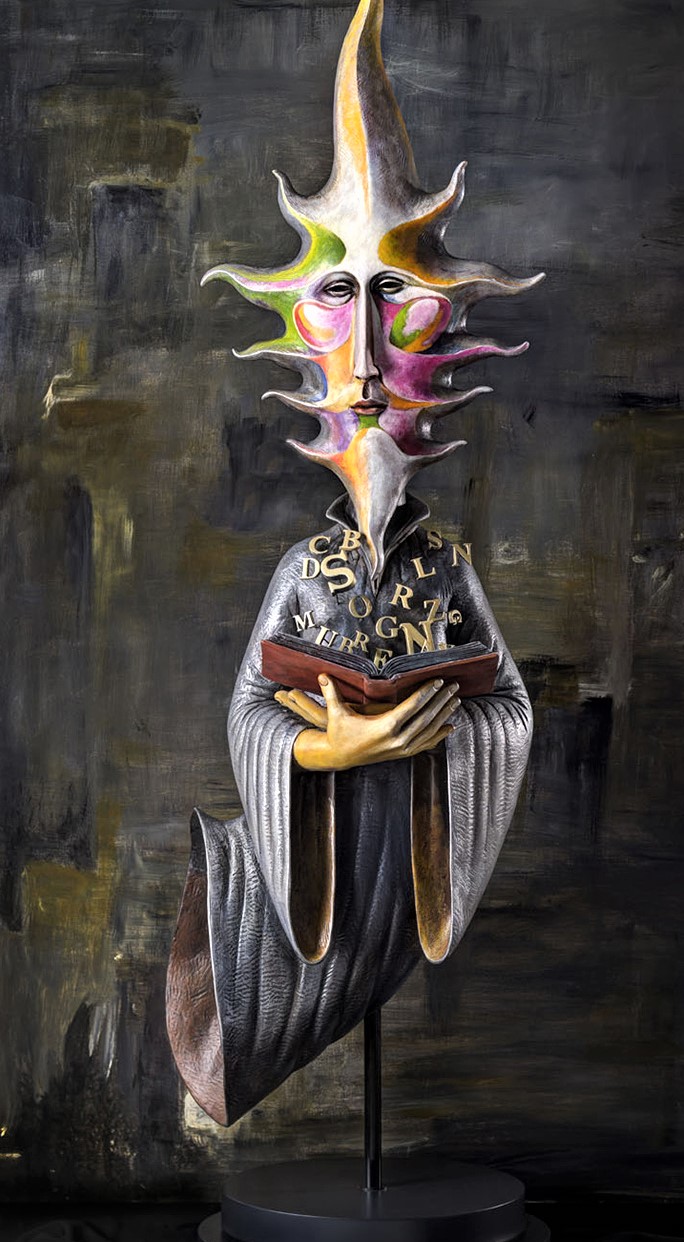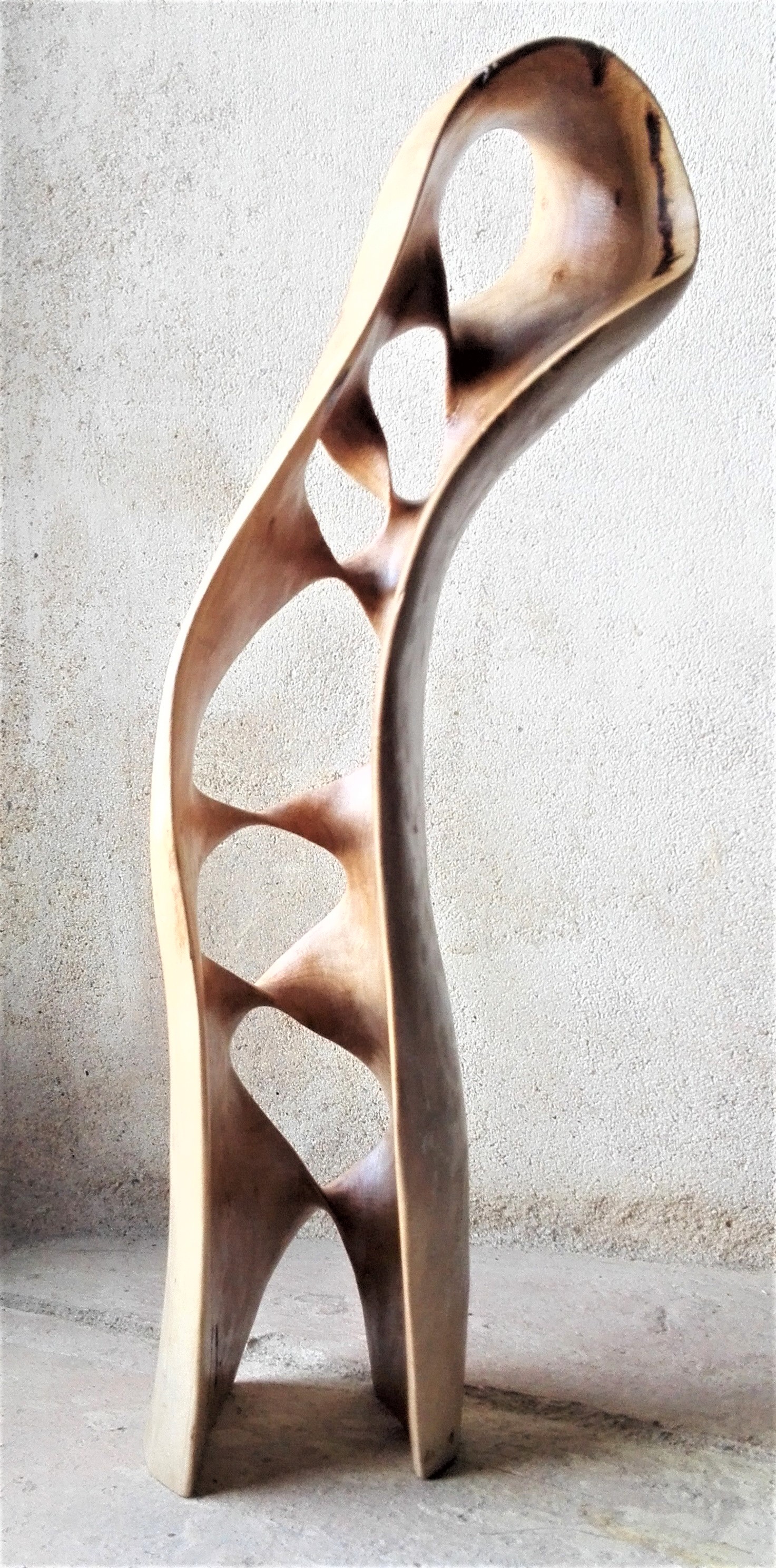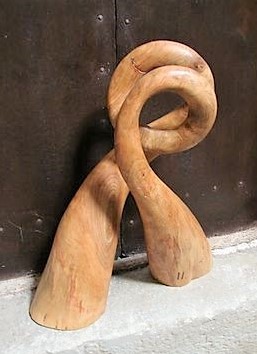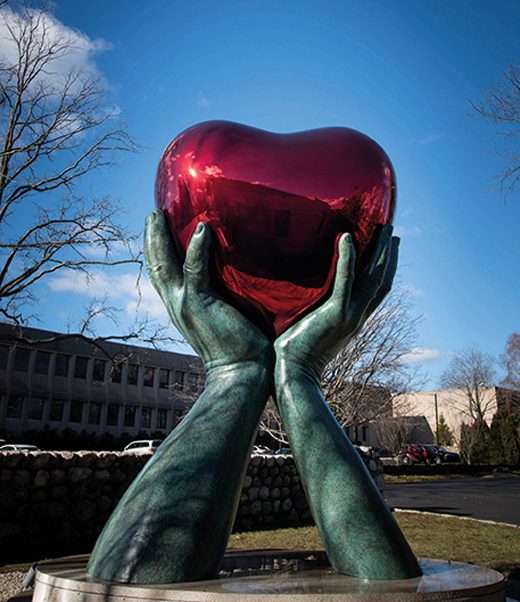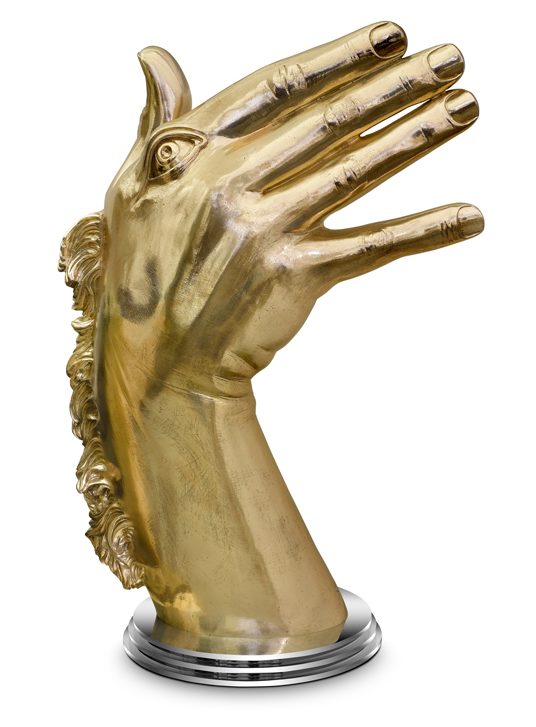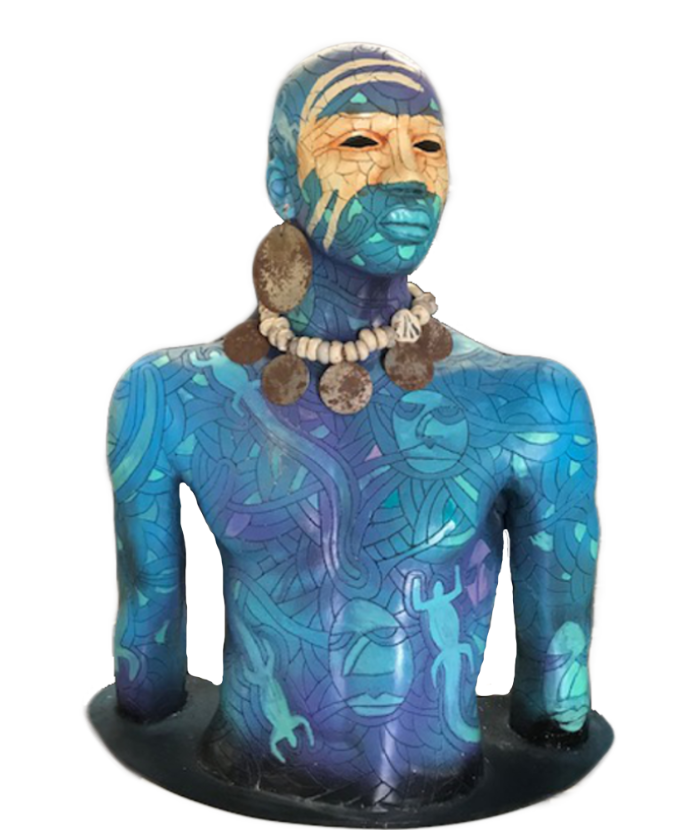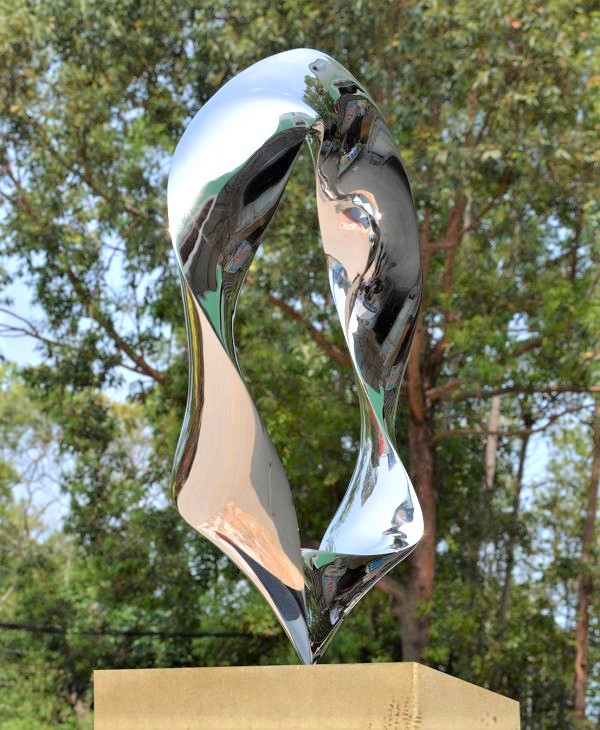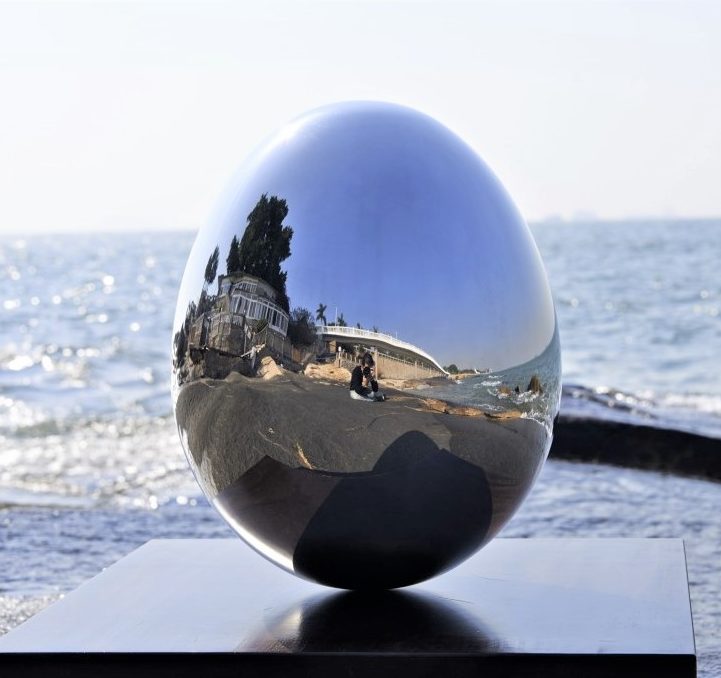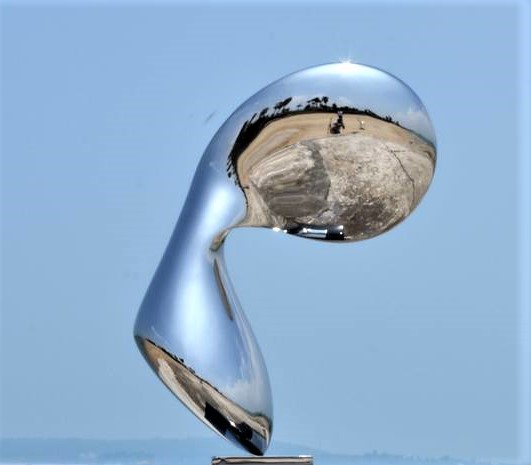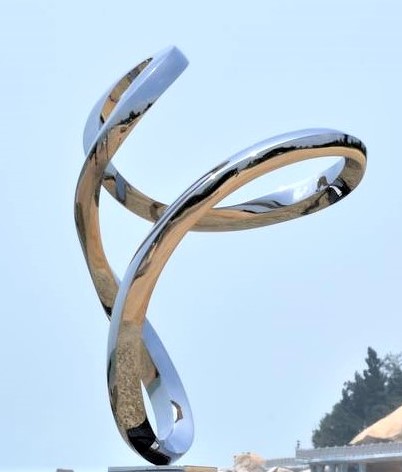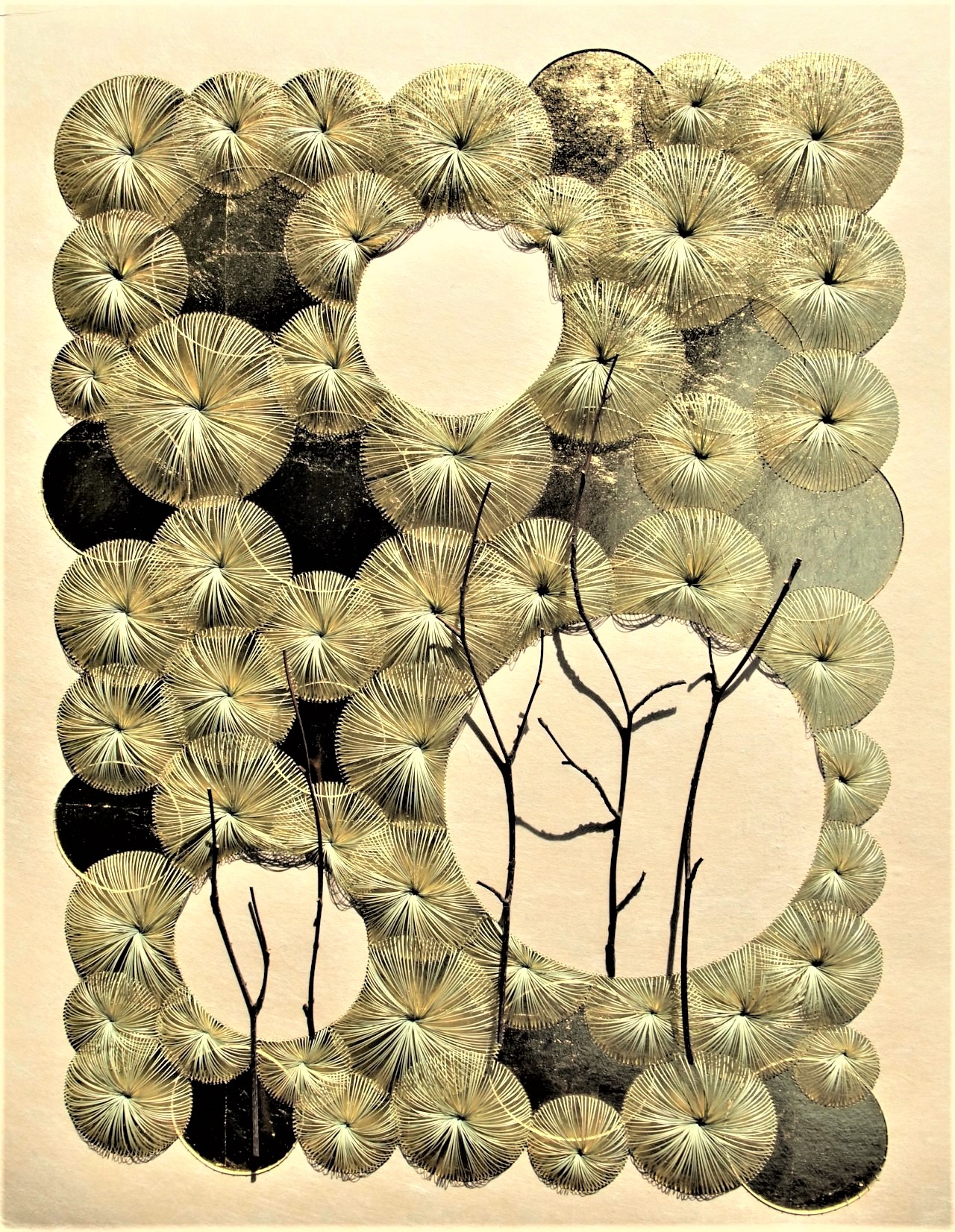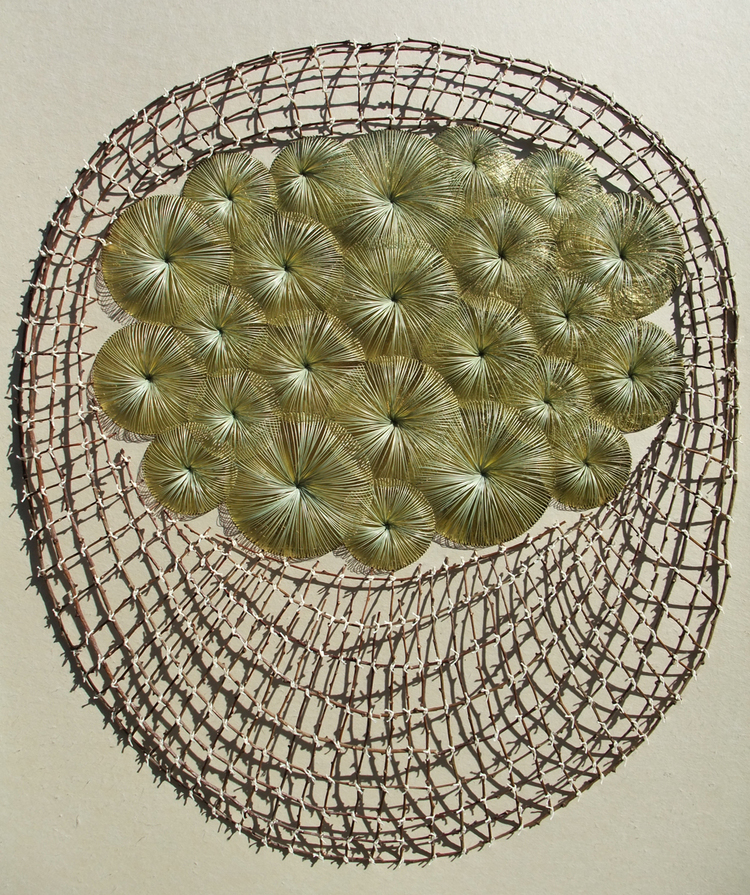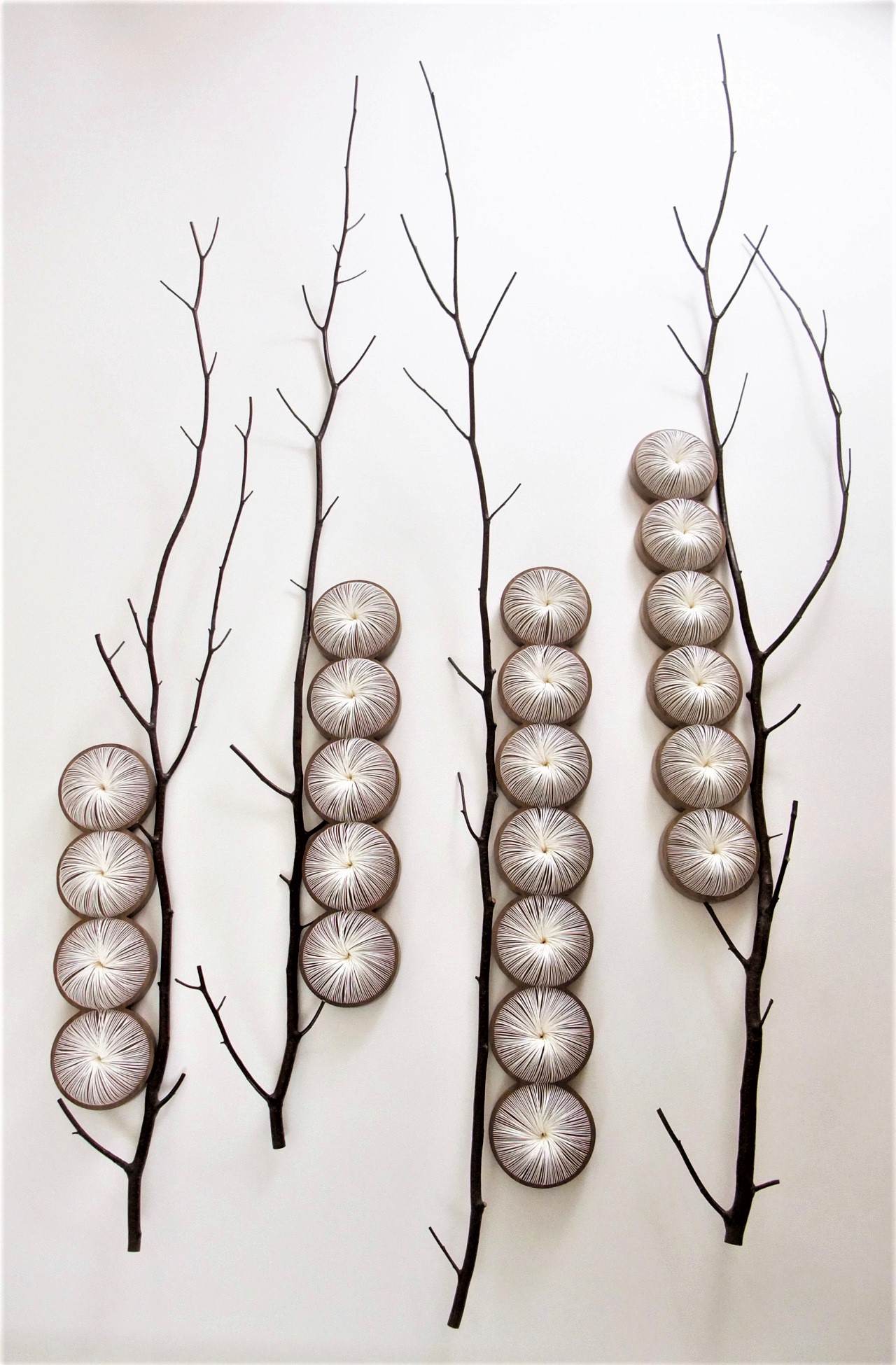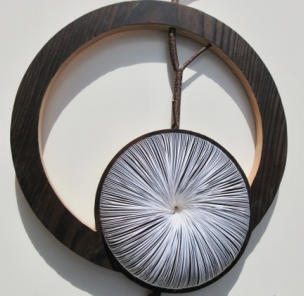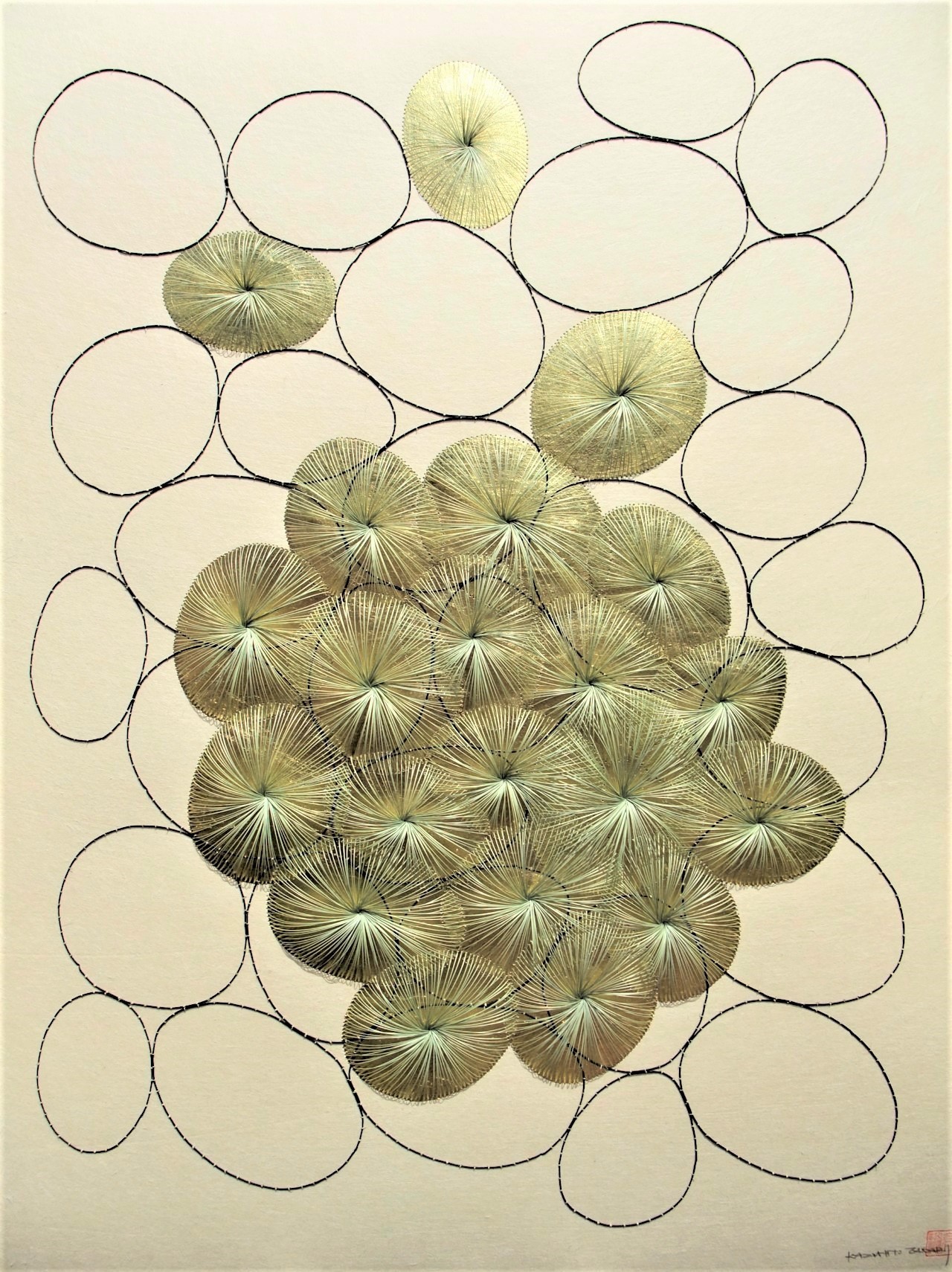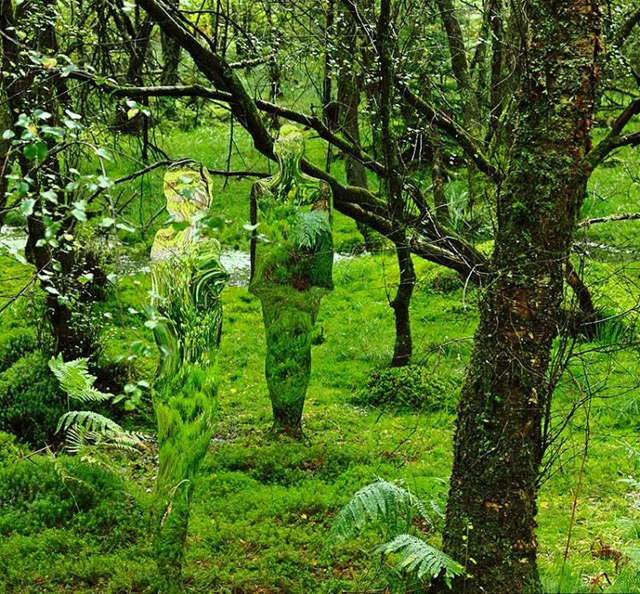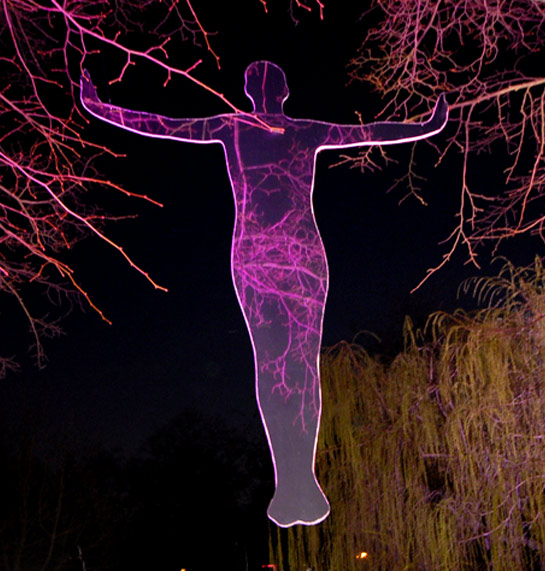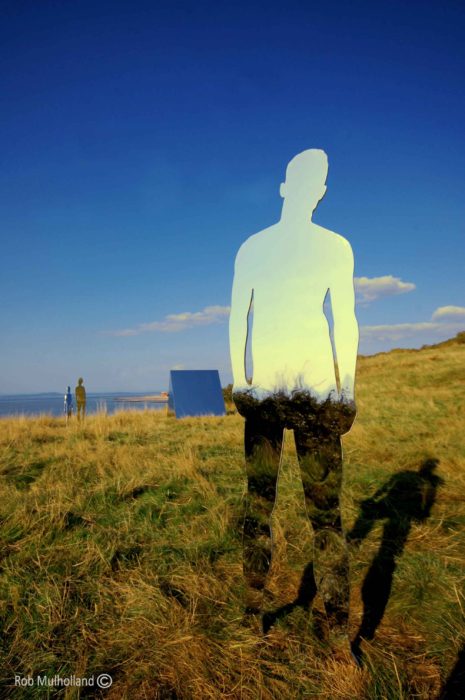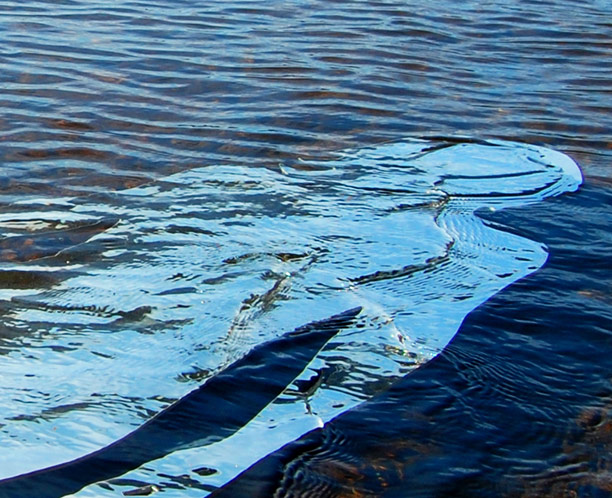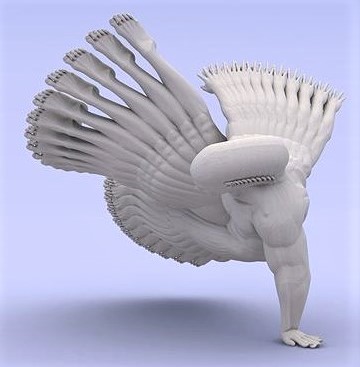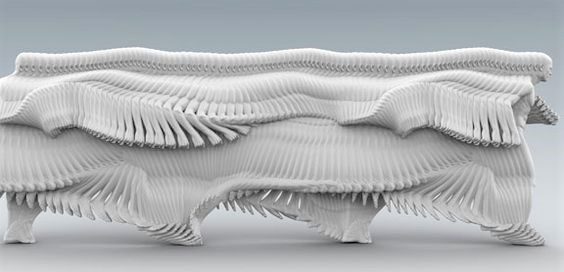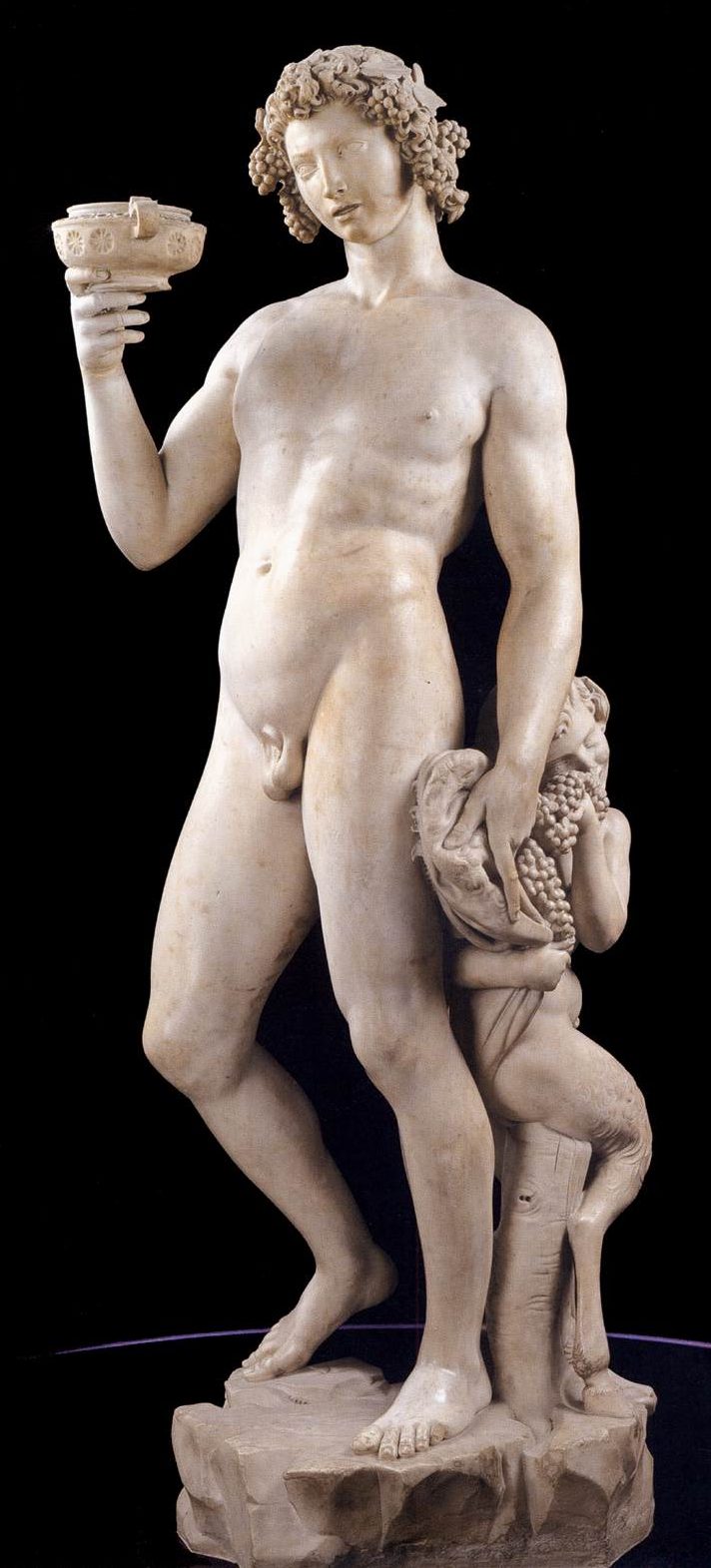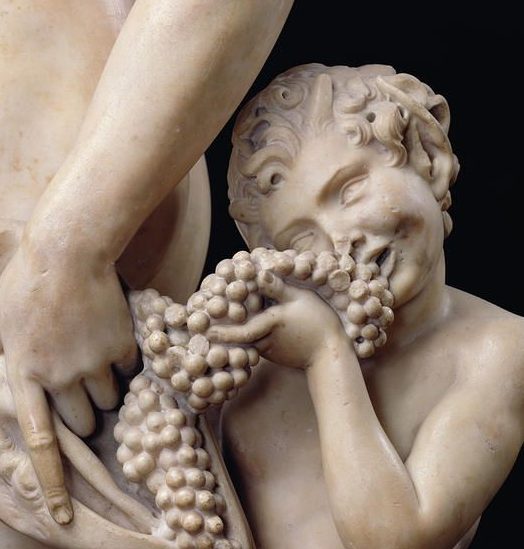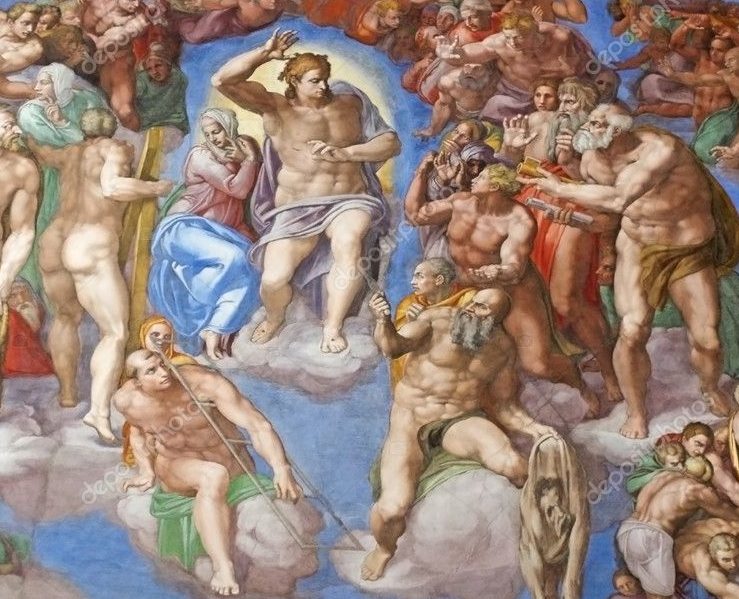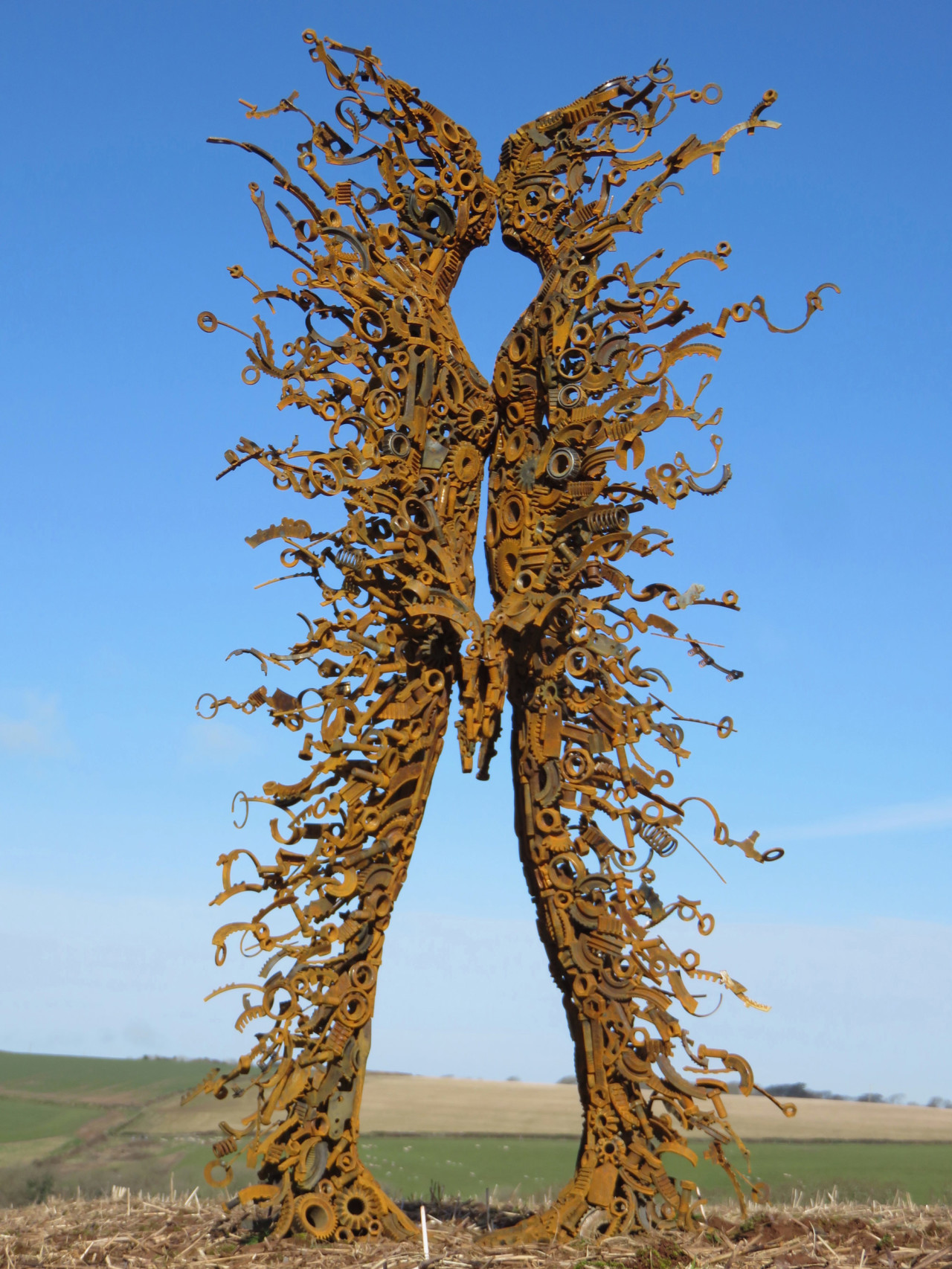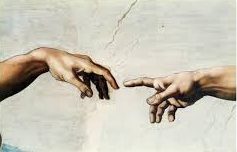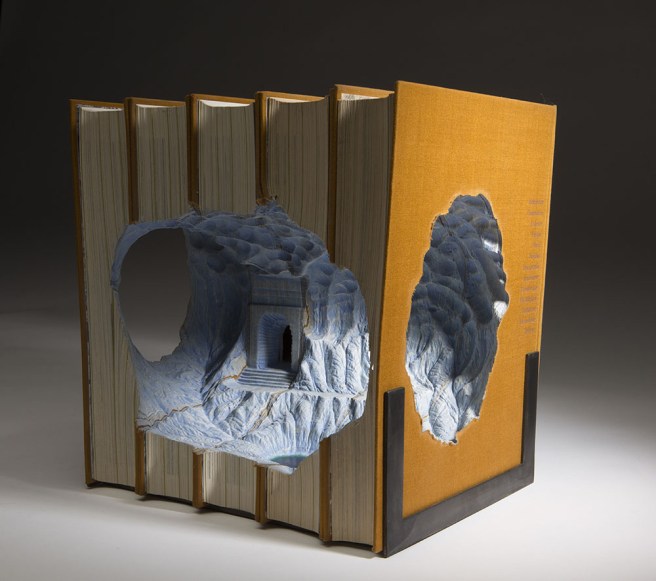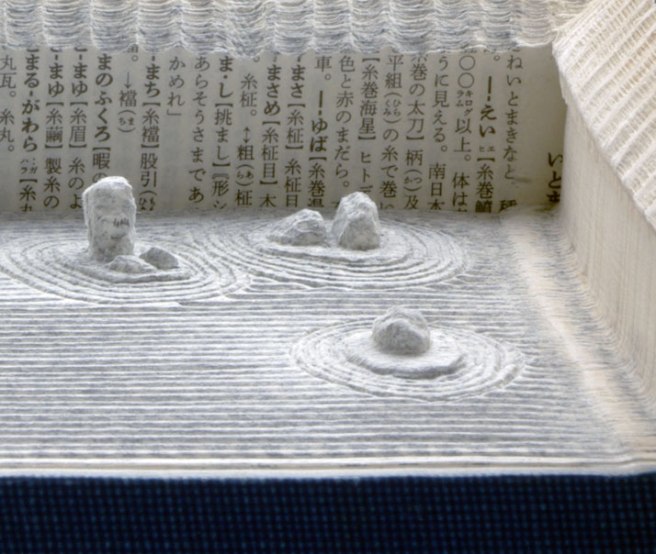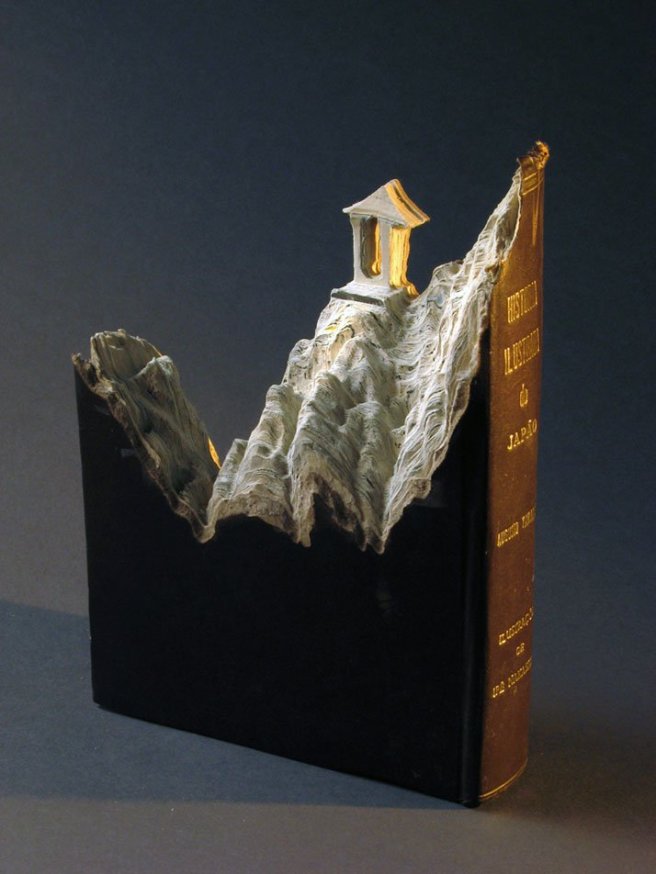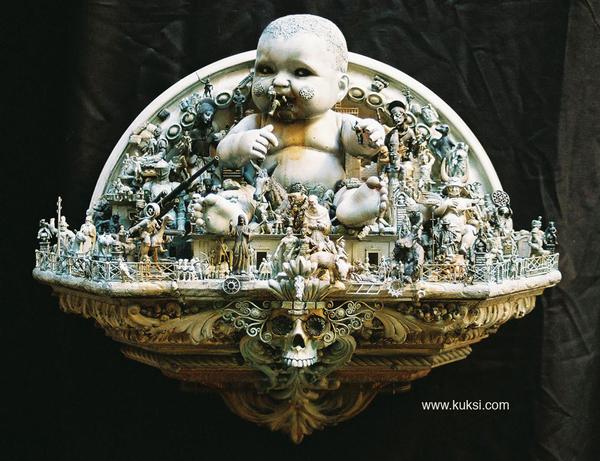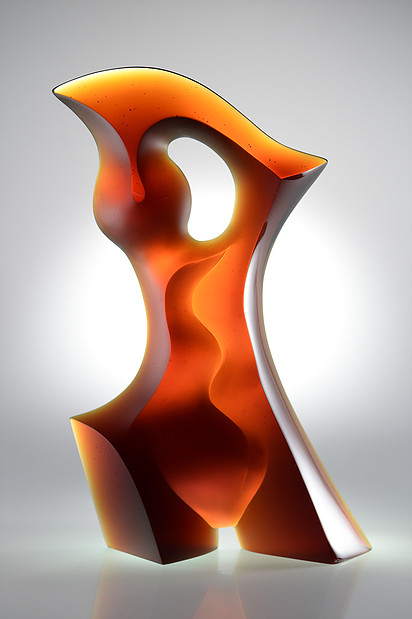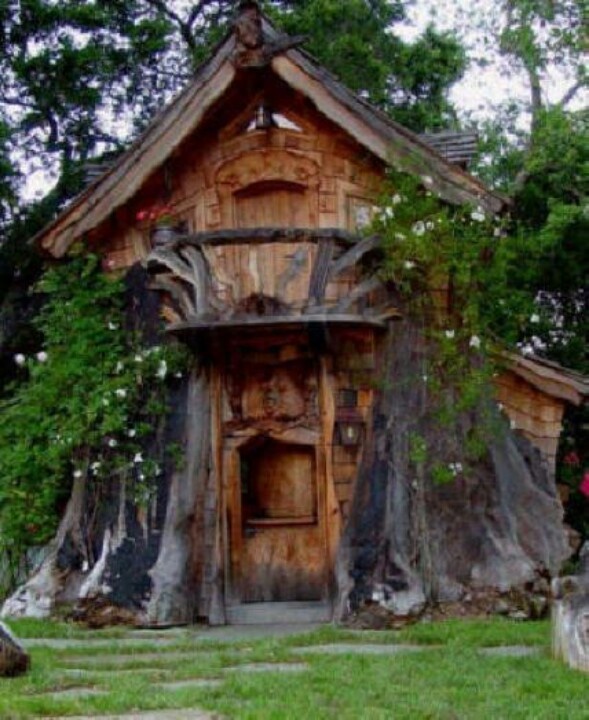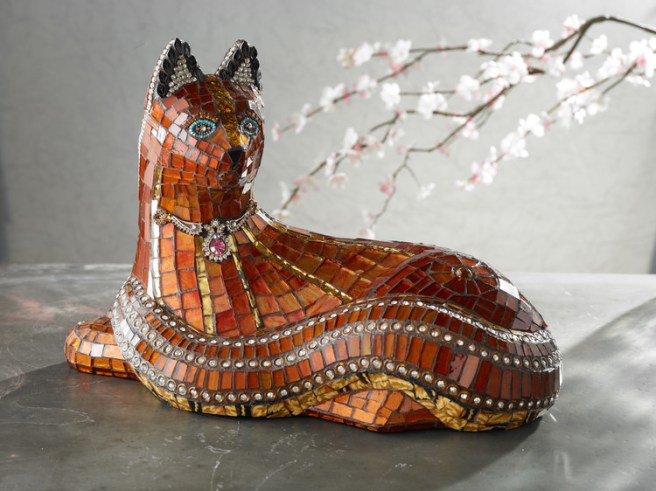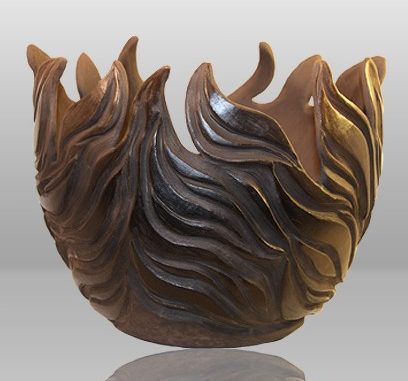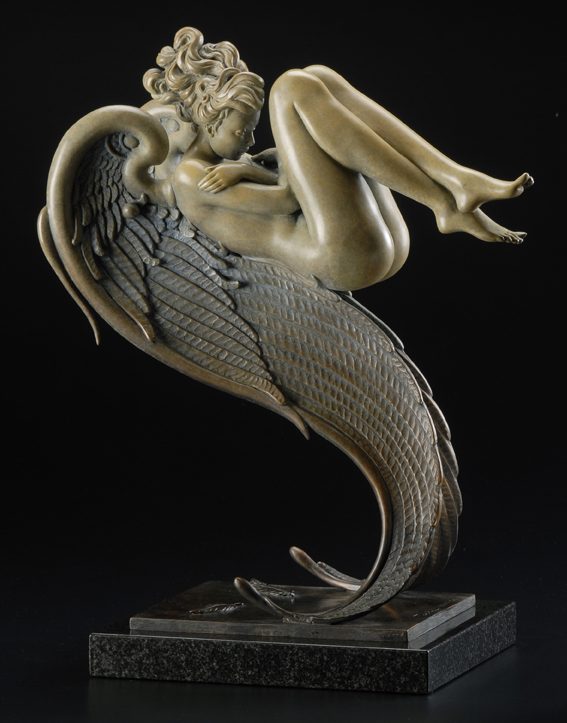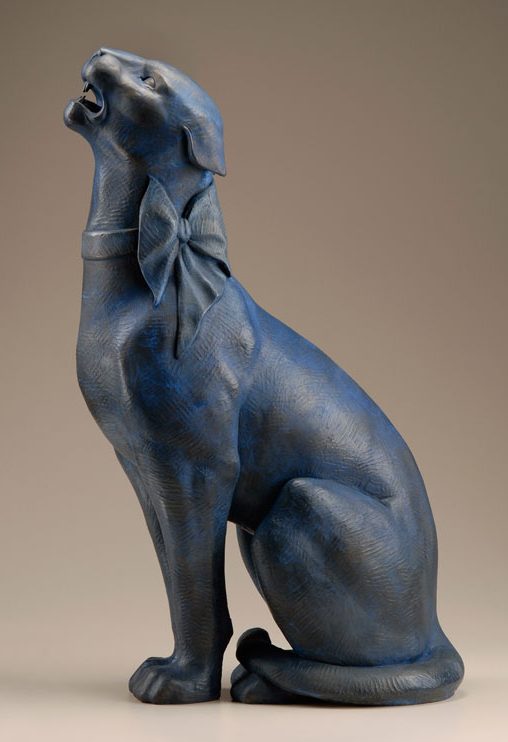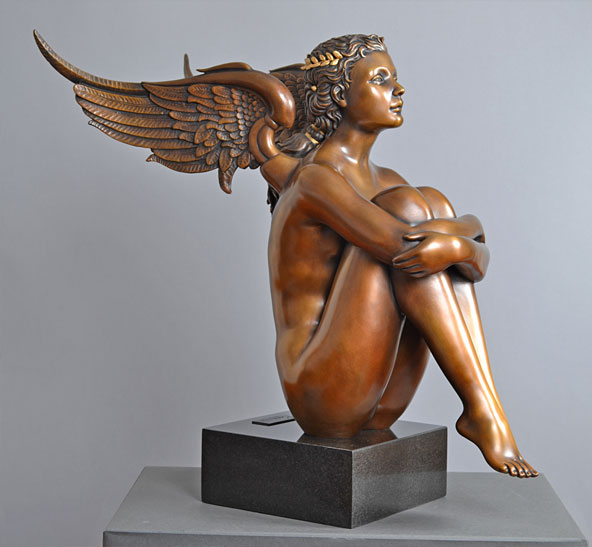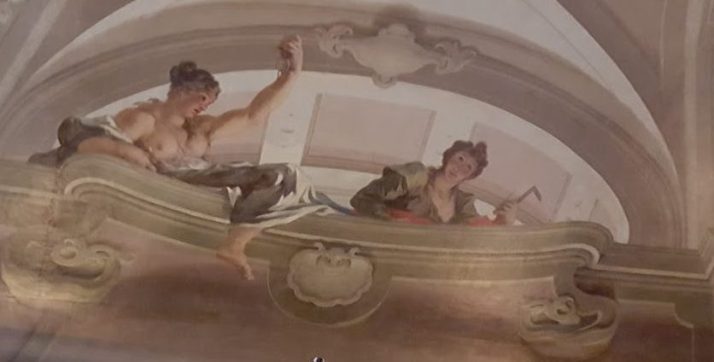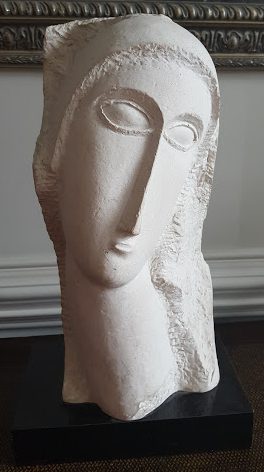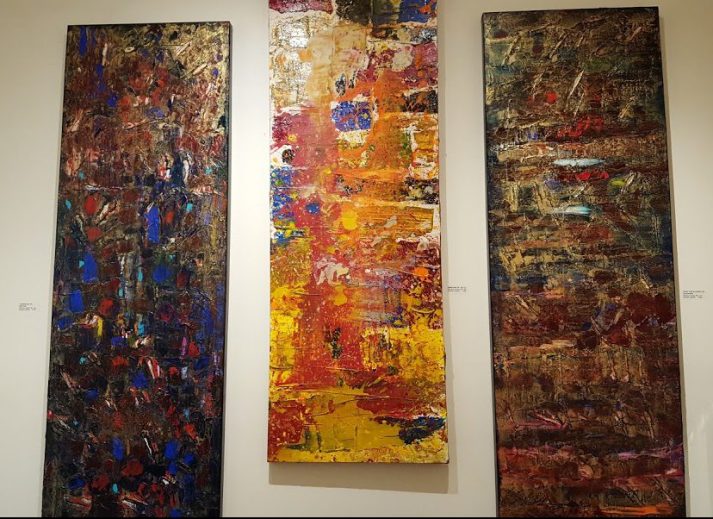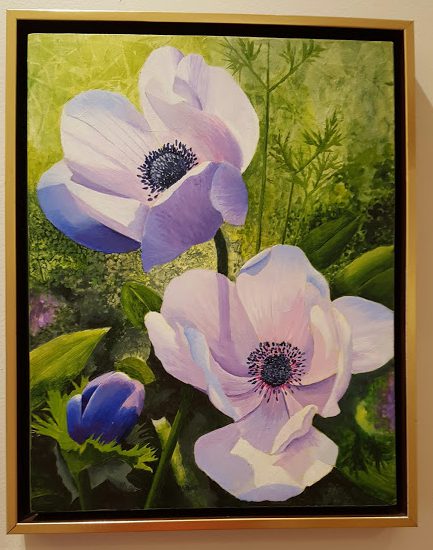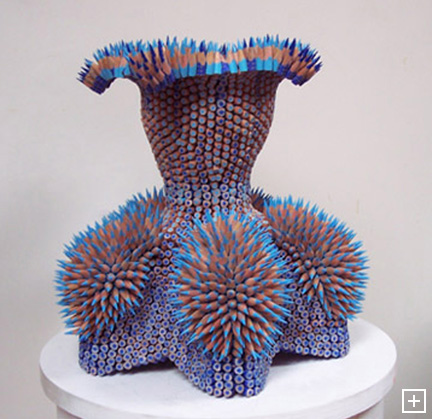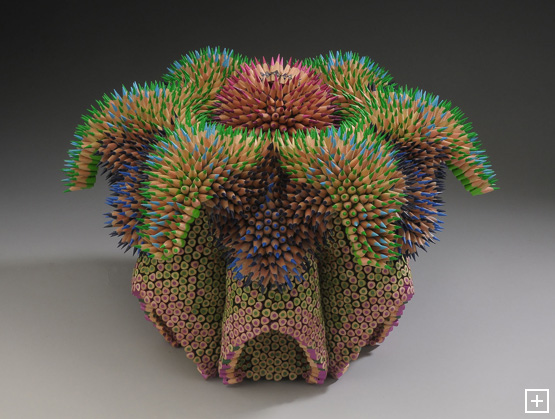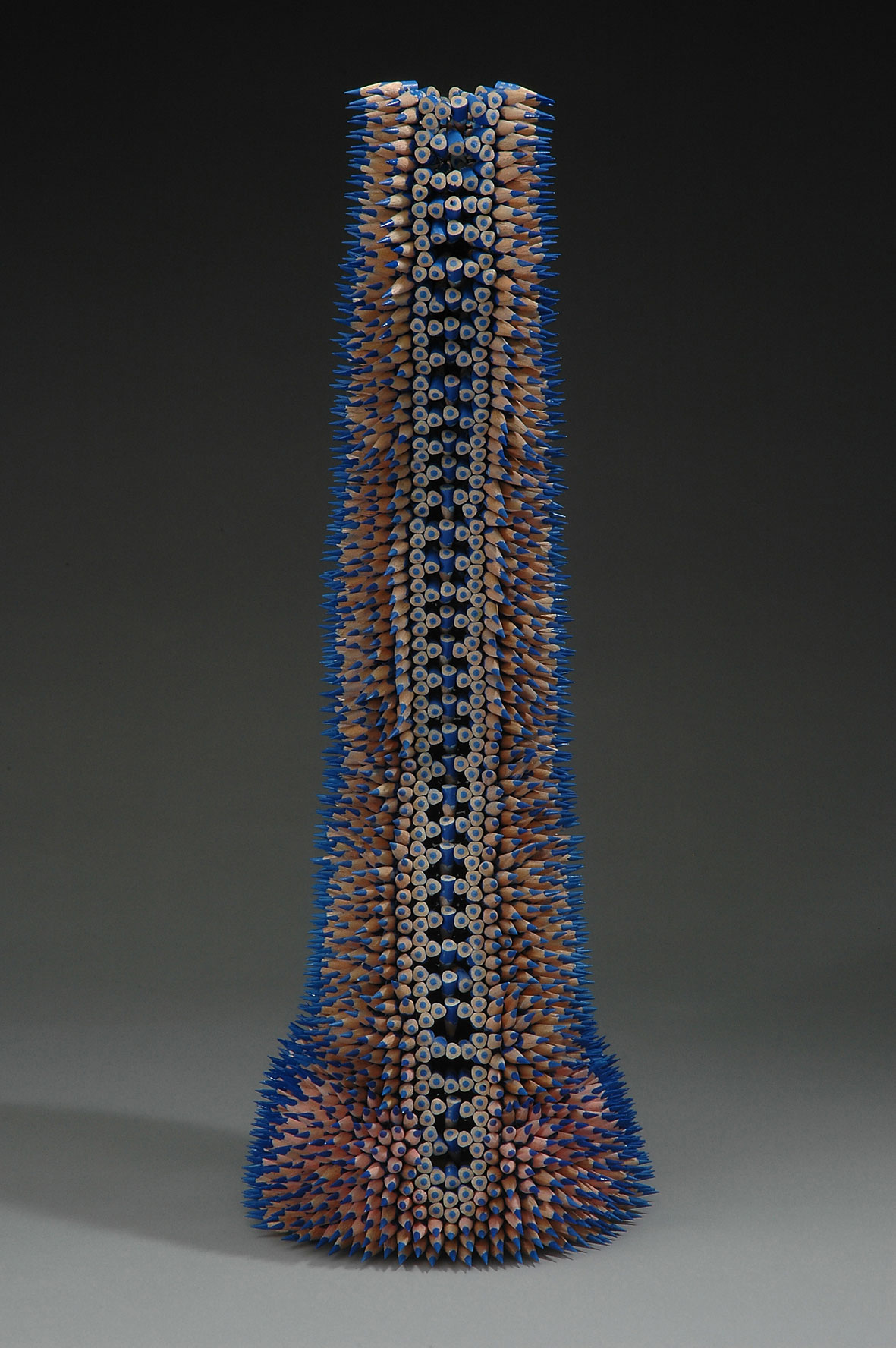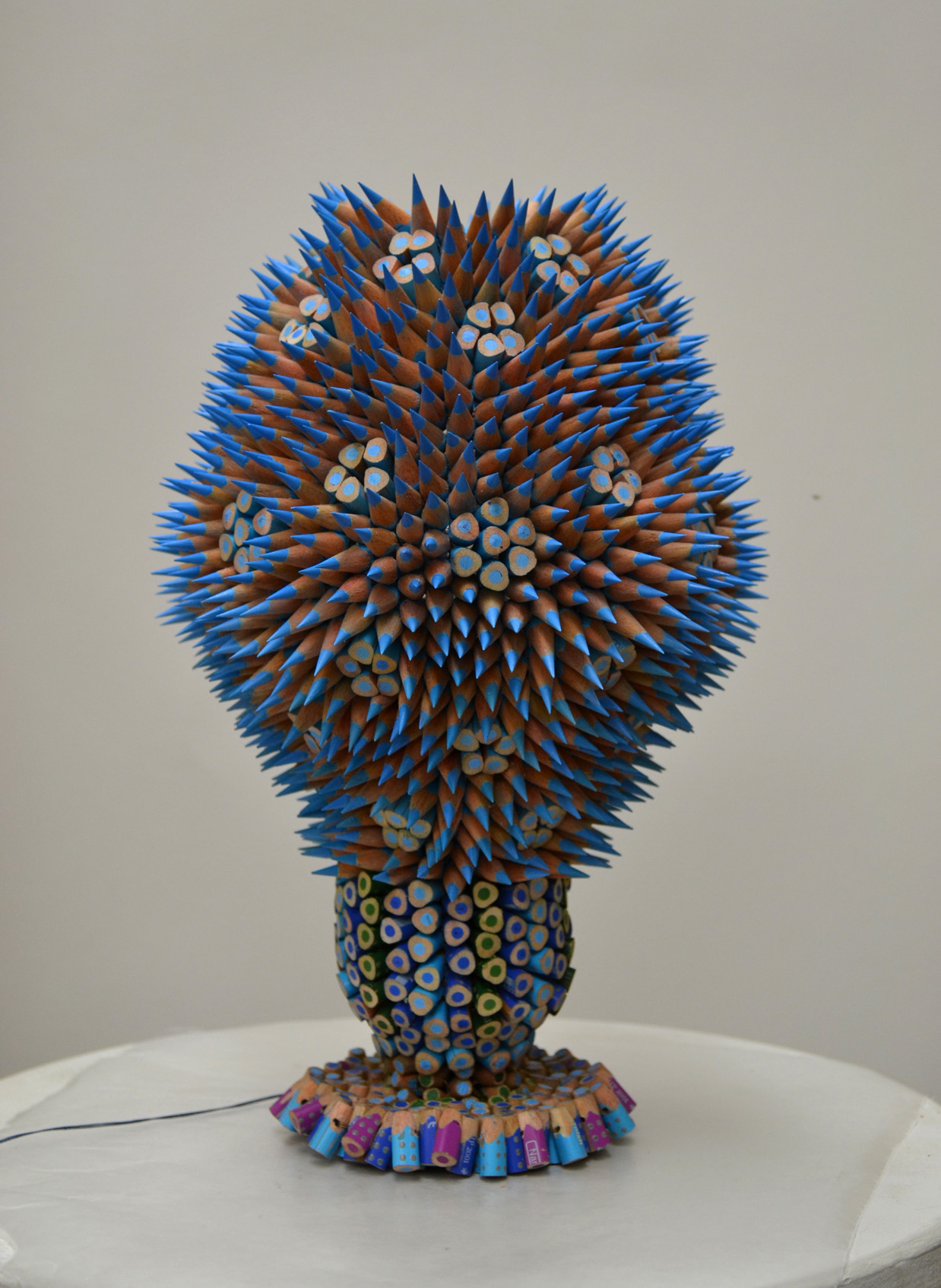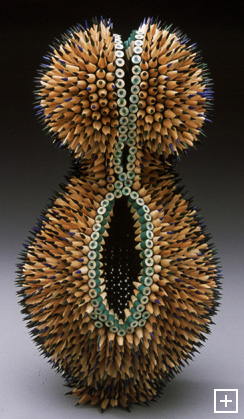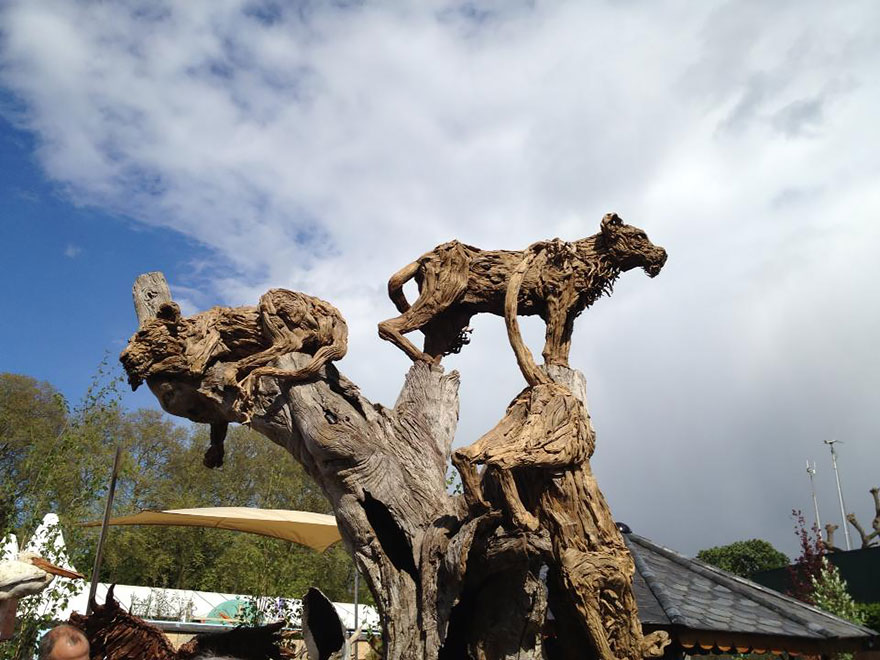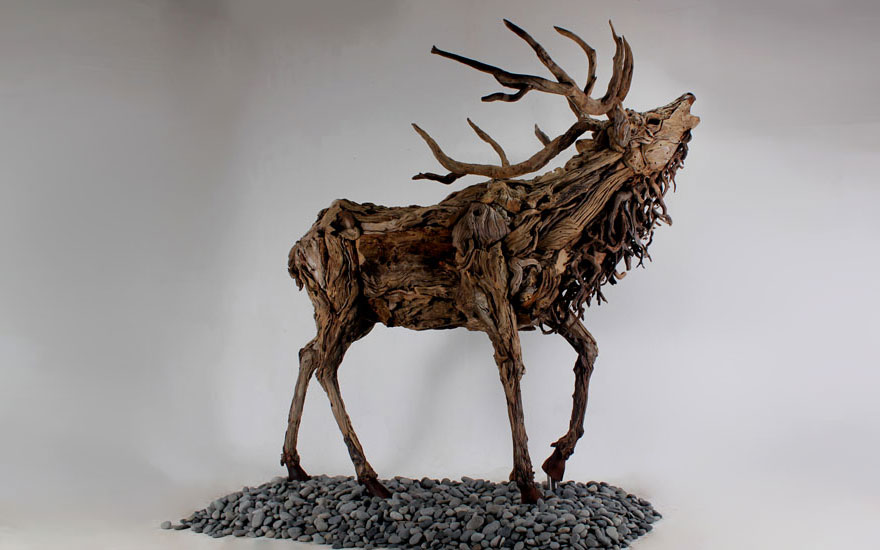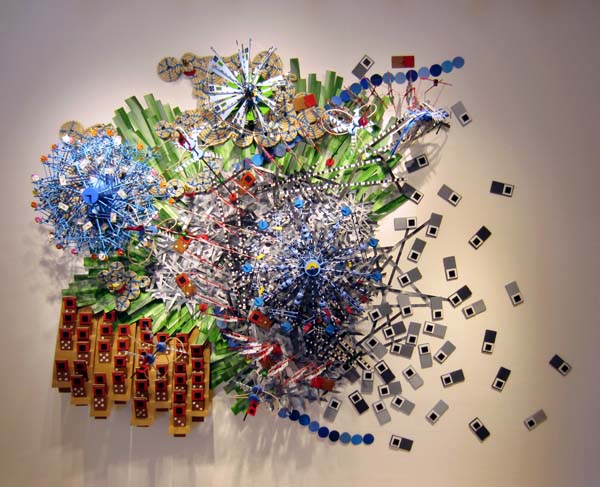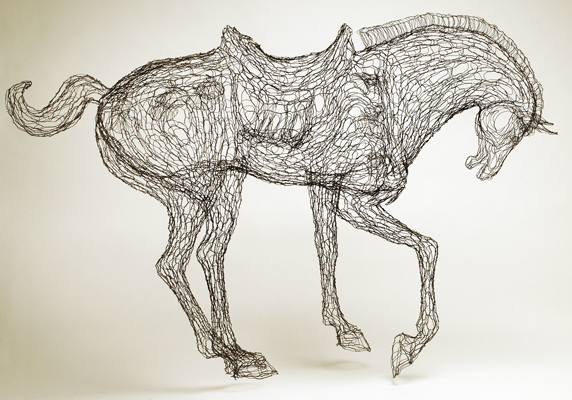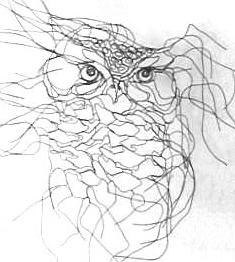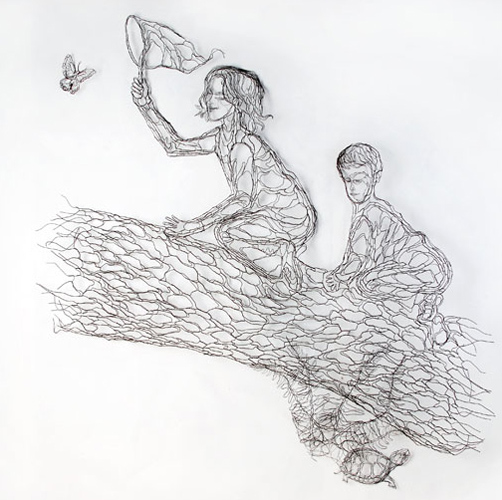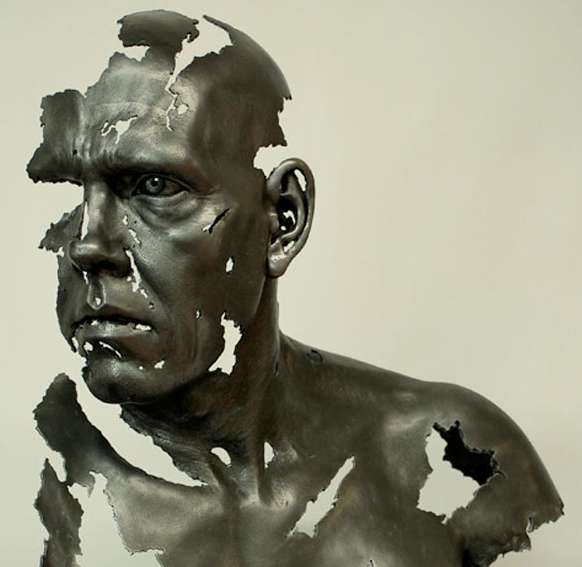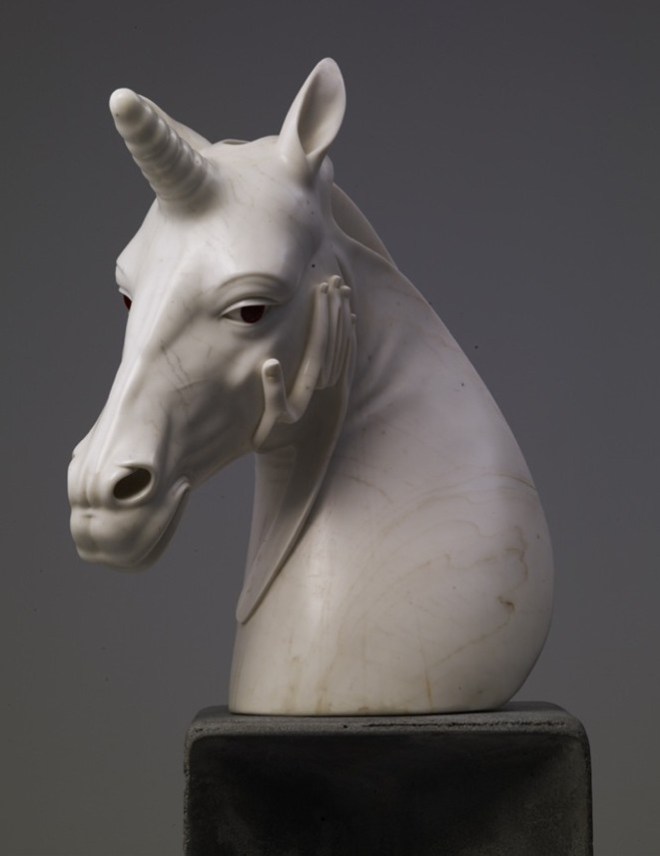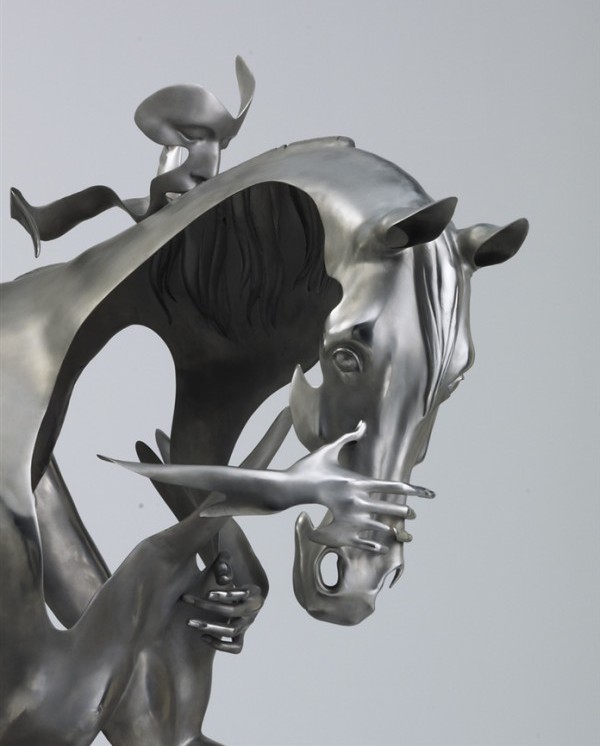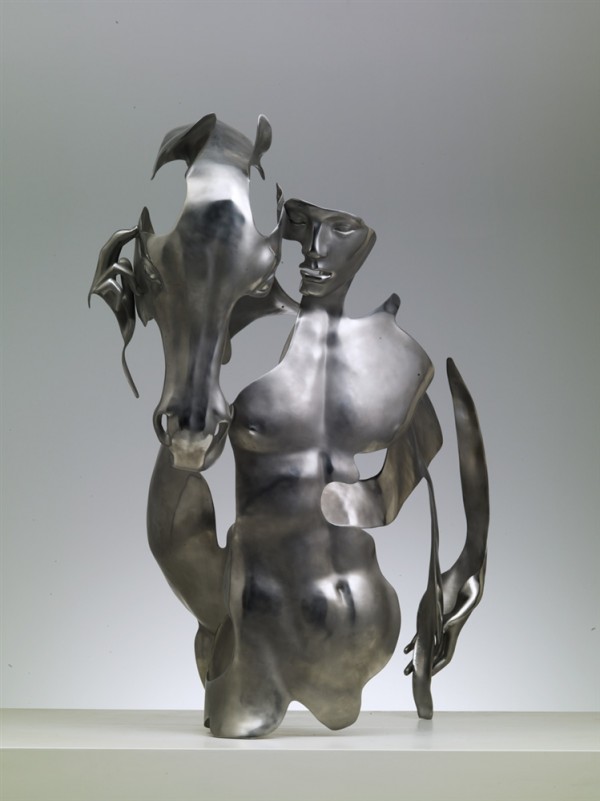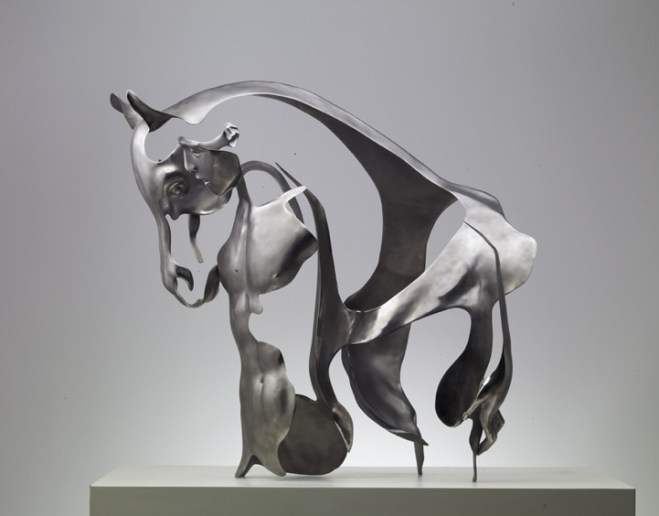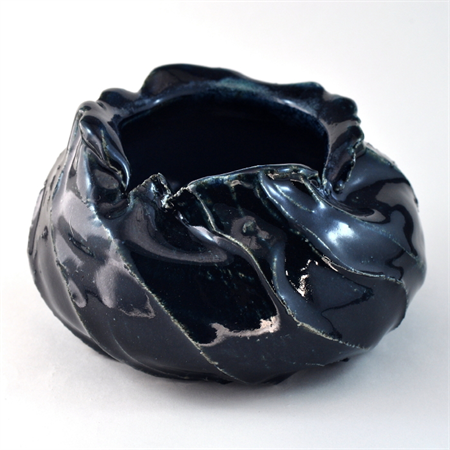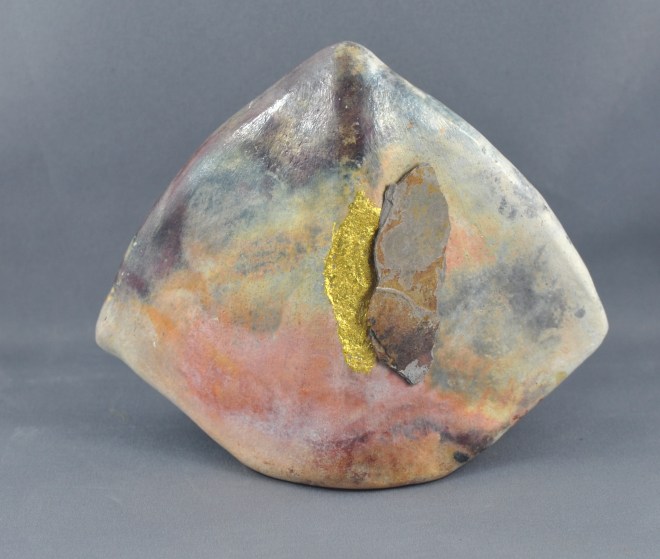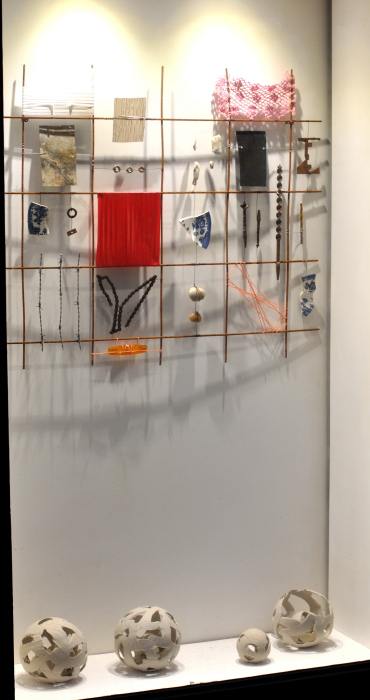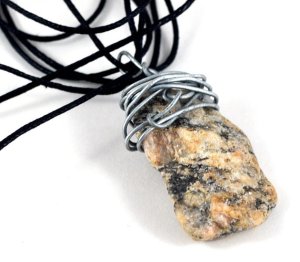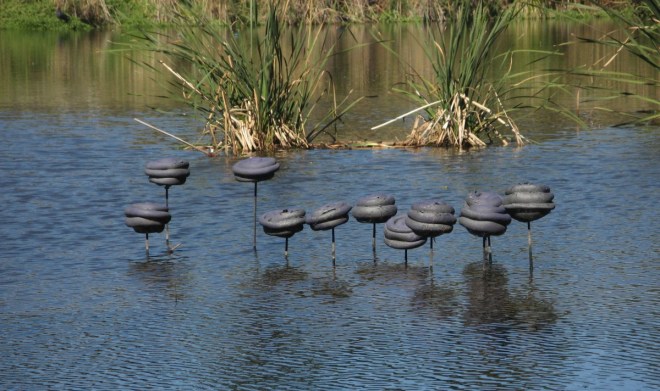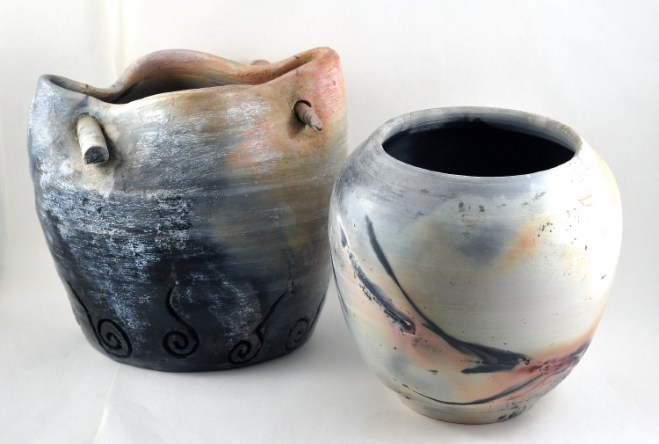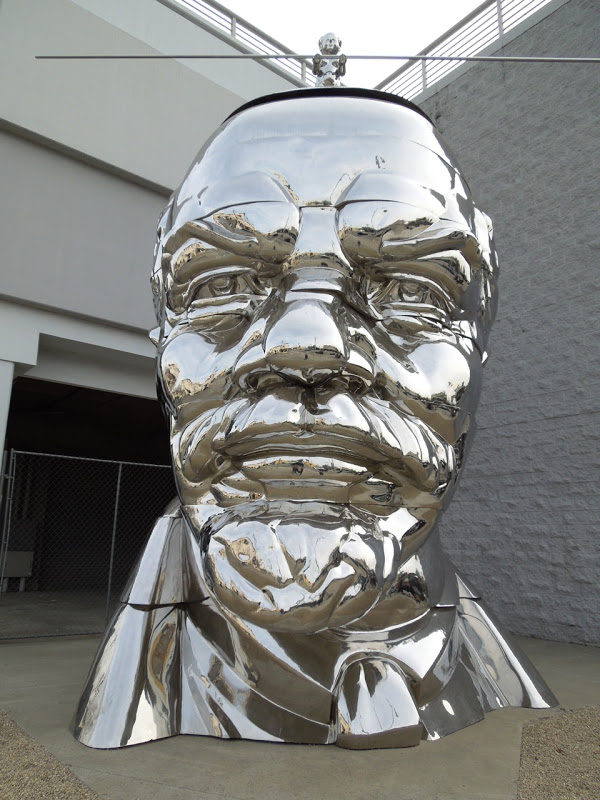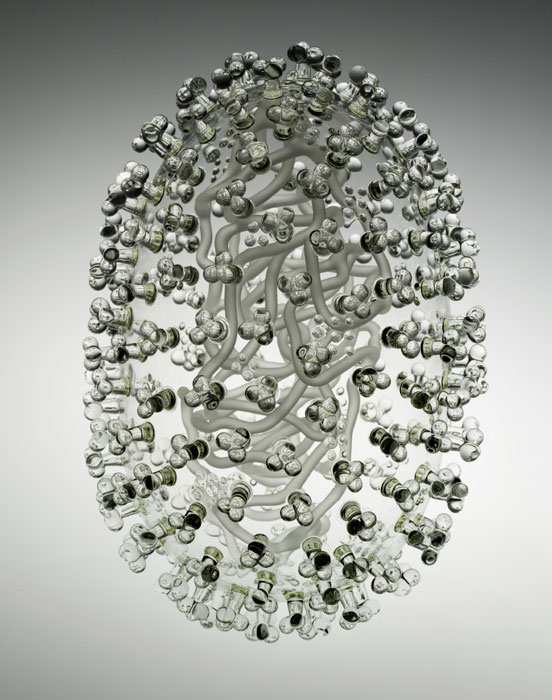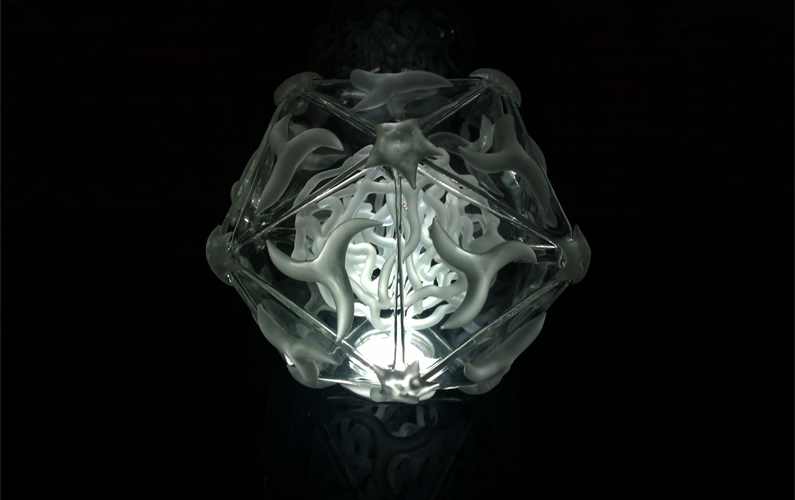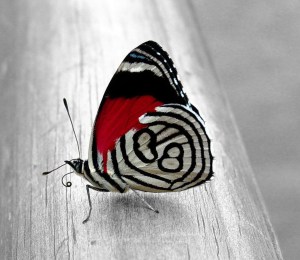Alright Readers, Writers, Painters, Sculptors, and all other Creative Musi —
I have been on the writing rollercoaster for quite some time now, enjoying the ride when I can get it, thinking about it when I can’t. It feels good to admit that I have focus, a purpose, and a plan (at least this week).
Before I settled on my current plan, I entertained another idea. A book, a novel, that would have taken a lot of research and smart thought and emotes in worlds I don’t often delve into.
I was going to write a book about dementia from the patient/subject point of view.
Being a mixed genre writer, I was going to throw in some faerie stuff in the prologue, and have that be in the patient’s thoughts throughout the book. The ending I was going to leave up to the readers. It wasn’t going to be campy; it was going to be merely a different take on the situation.
It’s a great idea. A great story. But then I started to think. I don’t know anyone with dementia. I don’t have it (yet), don’t have family with it, or friends, or acquaintances. The thought itself terrifies me, so that would have been my point of view.
After a lot of thinking and rearranging and NOT being able to rearrange my life, I decided to go in a different direction, working with something that I’m already familiar with, something I think will be a hit.
But one of my fears was that those who did have loved ones going through this tragedy would be offended that I “took it too lightly.” I mean, mixing faeries and memory loss and loss of bodily functions — what was I thinking?
So what I wanted to know was, have you ever written/painted/created something out of your comfort zone? Did you finish it? Did you do anything with it? Did you get any reaction because of it?
Maybe you’re pretty clean-cut but wanted to write a sex or demon novel. Maybe you wanted to paint a nude of someone. Or sculpt a piece that, in one way or another, was offensive. Did you do it?
Society is strapped with bungee cords that hold us back from doing anything too off-kilter. I admit I often am a victim of it myself. I often wondered if I took a Stephen King turn at a short story if my family would think I’m psycho. Or if I wrote 600 Shades of Grey if my grandson would coil back in horror.
There is a little of us in everything we create. Even when we step out of our comfort zone there is still a thread that holds us to our sanity. To our safety. I know there have been plenty of artists who have pushed the boundaries of sanity, decorum, and sacred truths to make their art known.
I admit I’m not that adamant about testing the waters of propriety. I know there are plenty of sexy novels out there written by 60 year old little ladies, sculptures of nudes by conservative bankers, and all that. Somehow they either create a persona — a pen name/life — that takes the brunt of the criticism, or are so confident in who they are that they really don’t care.
I haven’t totally trashed the dementia idea, but because of the structure of my life at the moment I can’t give it the time, research, angst, and especially the respect, it deserves.
I’d really like to hear if you were tempted by another “you” — and if you ever followed that Muse.
And don’t worry — I won’t give away your secret —
— you will.
 Born in Le Havre, France, the artist did not dedicate himself to his art practice until age 41, having been dismissed from the French meteorological corps and subsequently working as a wine merchant.
Born in Le Havre, France, the artist did not dedicate himself to his art practice until age 41, having been dismissed from the French meteorological corps and subsequently working as a wine merchant. Dubuffet is perhaps best known for founding the art movement Art Brut (Raw Art), and for the collection of works — Collection de l’art brut — that this movement spawned.
Dubuffet is perhaps best known for founding the art movement Art Brut (Raw Art), and for the collection of works — Collection de l’art brut — that this movement spawned. Dubuffet looked to the margins of the everyday—the art of prisoners, psychics, the uneducated, and the institutionalized—to liberate his own creativity, coining the term “Art Brut” as a reflection of the creative possibilities outside the conventions of the day.
Dubuffet looked to the margins of the everyday—the art of prisoners, psychics, the uneducated, and the institutionalized—to liberate his own creativity, coining the term “Art Brut” as a reflection of the creative possibilities outside the conventions of the day.
 This artistic period was full of creative triumphs for the artist, who began work on his famed “Hourloupe” cycle, which comprises paintings, drawings, panels, and sculptural and architectural installations featuring undulating black lines and shapes atop white sculptural forms.
This artistic period was full of creative triumphs for the artist, who began work on his famed “Hourloupe” cycle, which comprises paintings, drawings, panels, and sculptural and architectural installations featuring undulating black lines and shapes atop white sculptural forms. More of Jean Philippe Arthur Dubuffet‘s unique works can be found at https://www.wikiart.org/en/jean-dubuffet and https://www.artnews.com/feature/jean-dubuffet-who-is-he-famous-works-1234569877.
More of Jean Philippe Arthur Dubuffet‘s unique works can be found at https://www.wikiart.org/en/jean-dubuffet and https://www.artnews.com/feature/jean-dubuffet-who-is-he-famous-works-1234569877.





